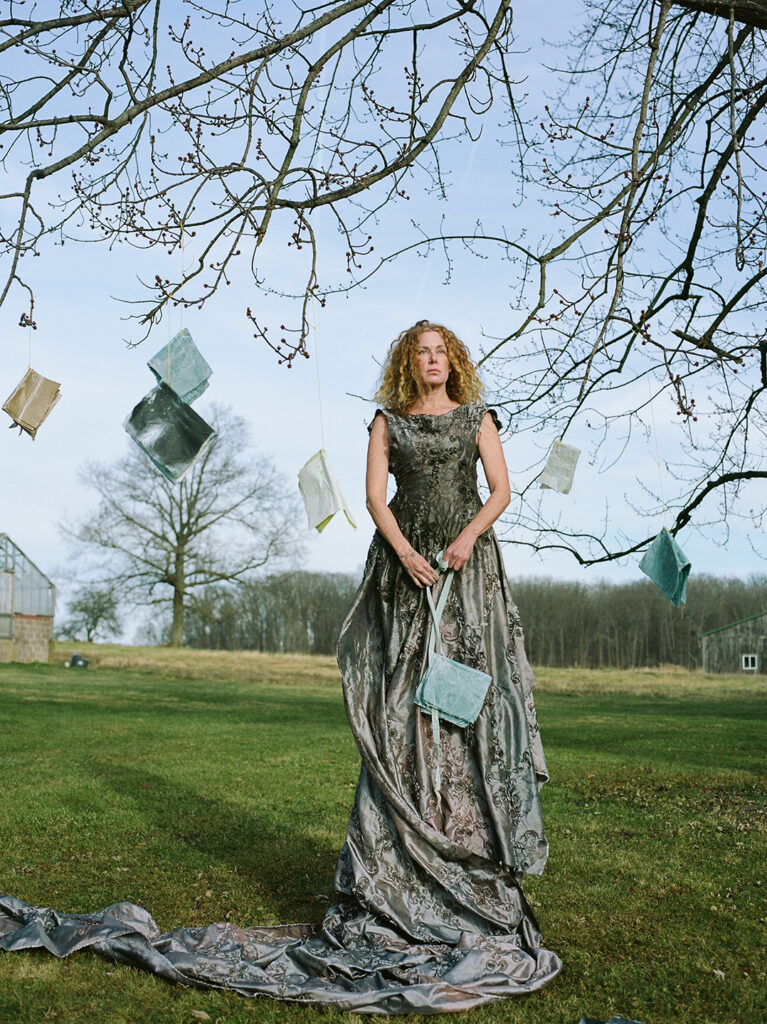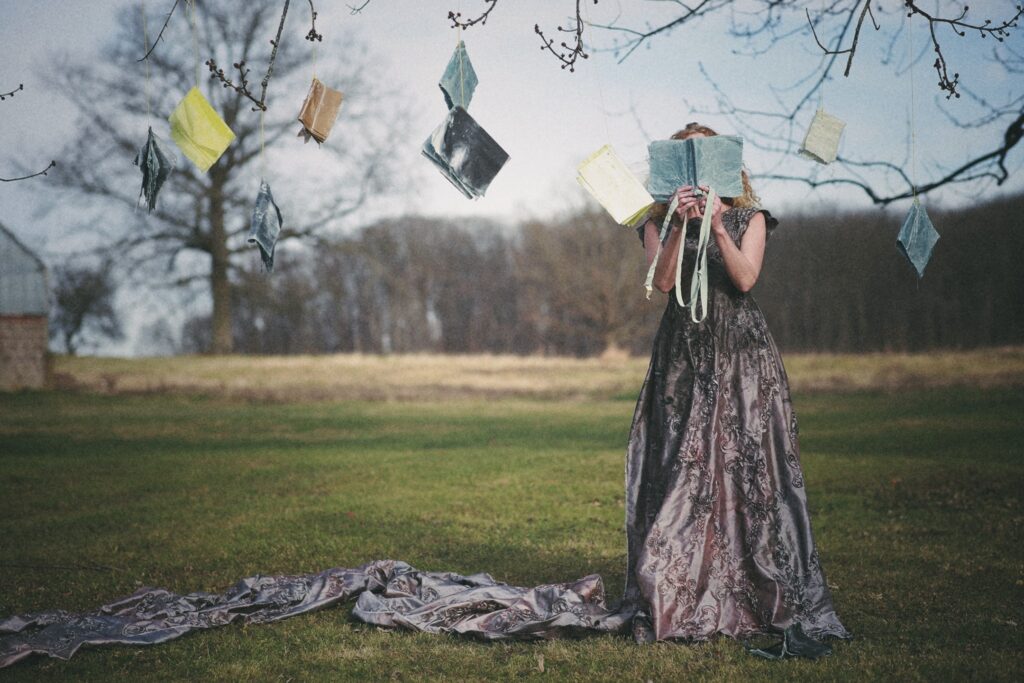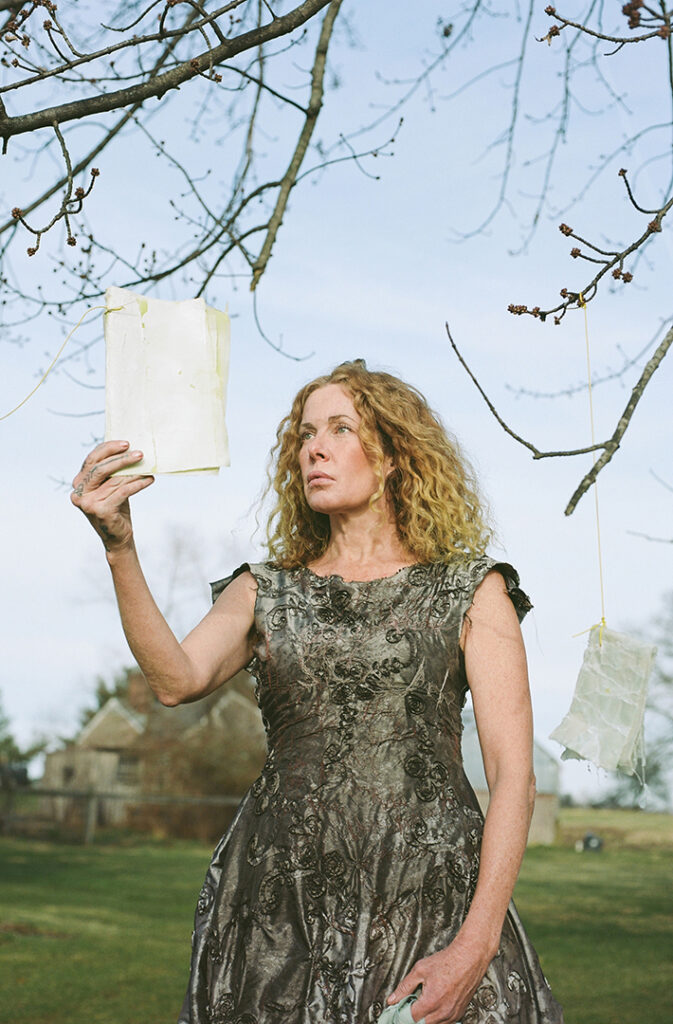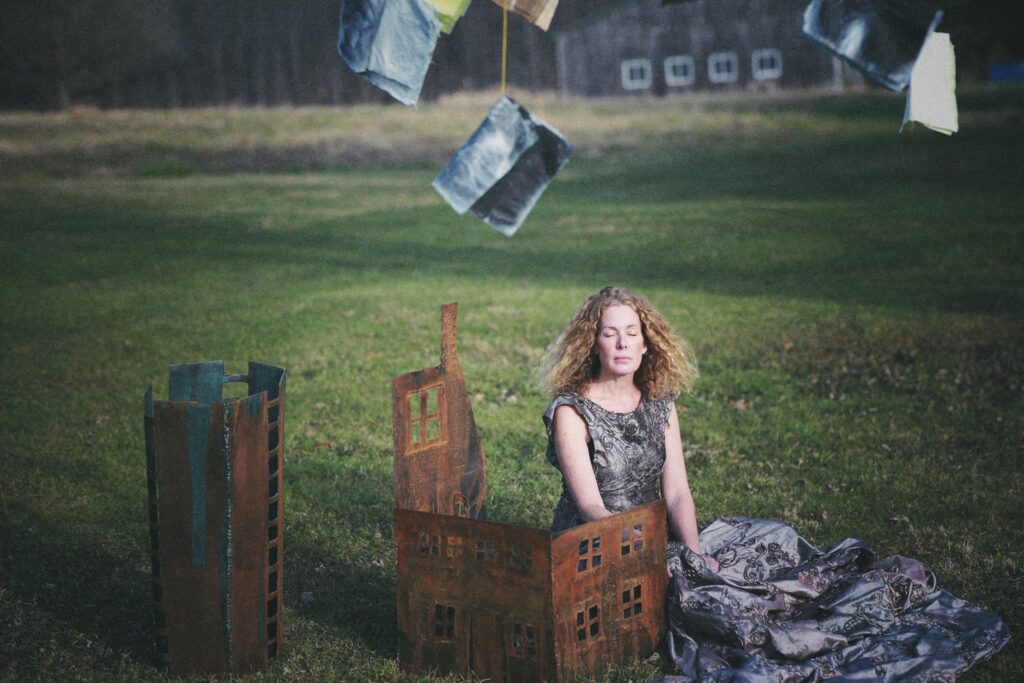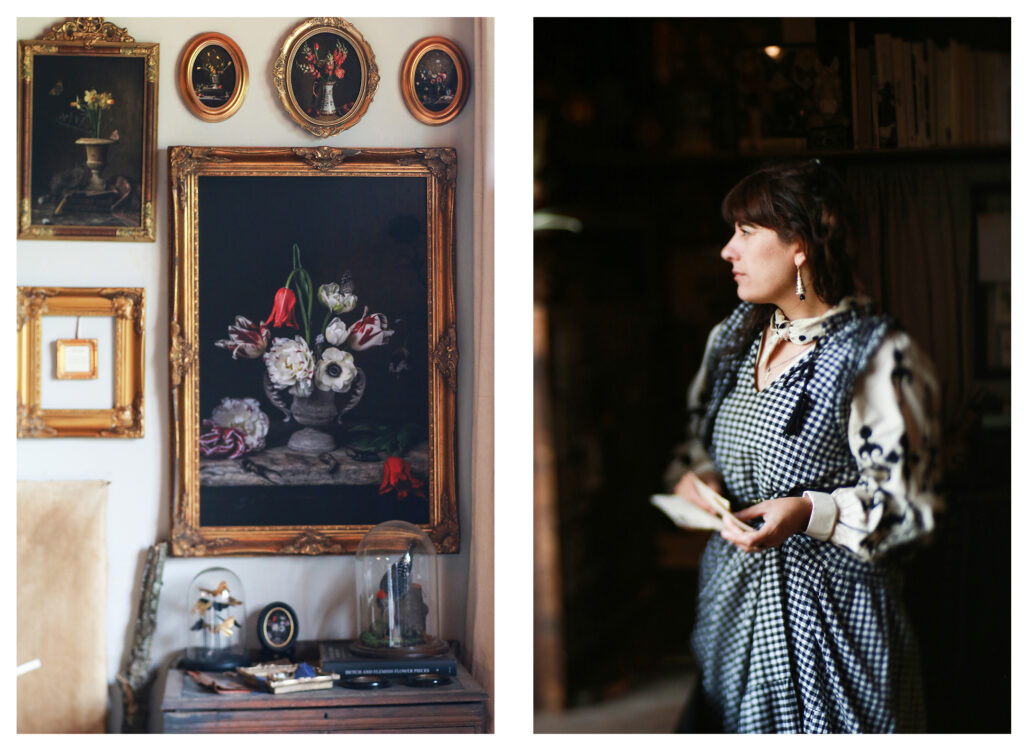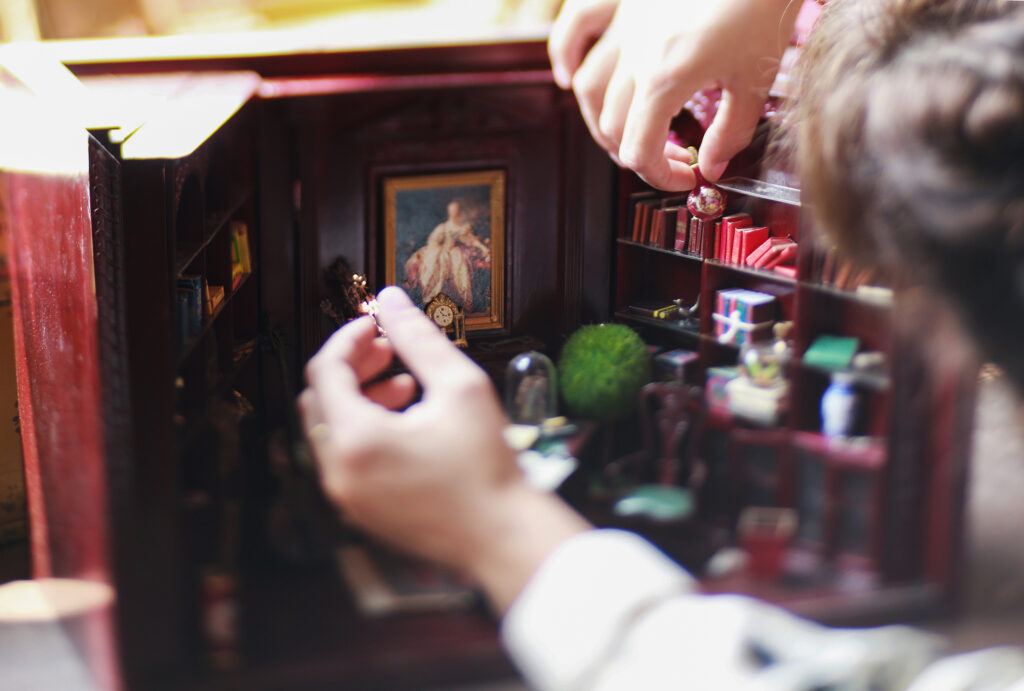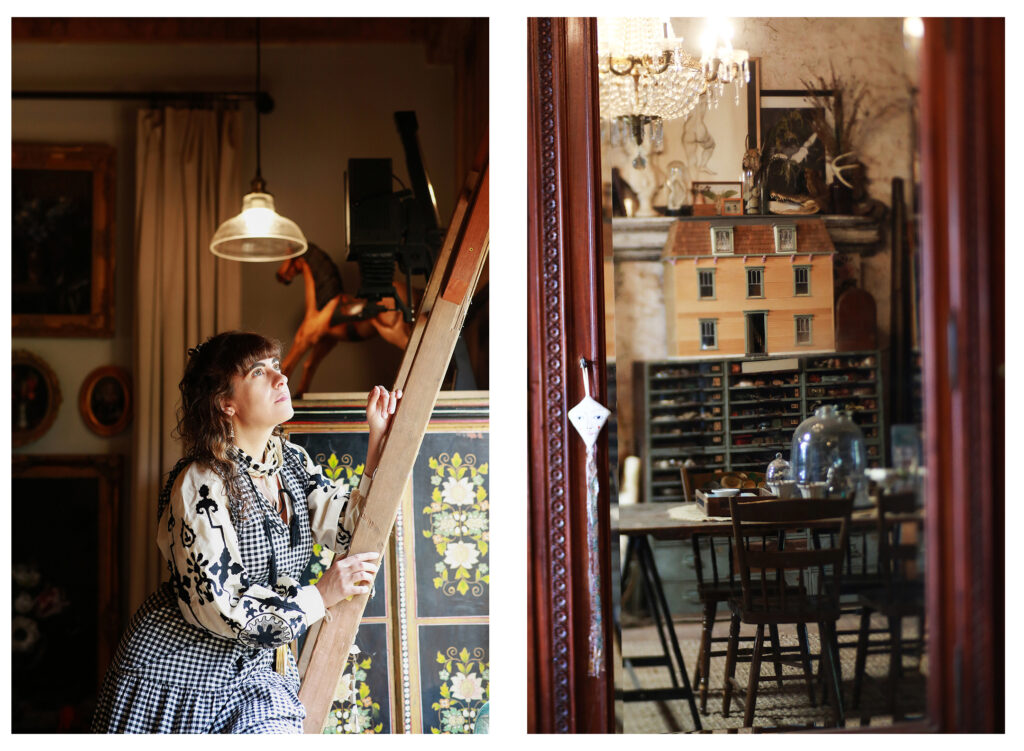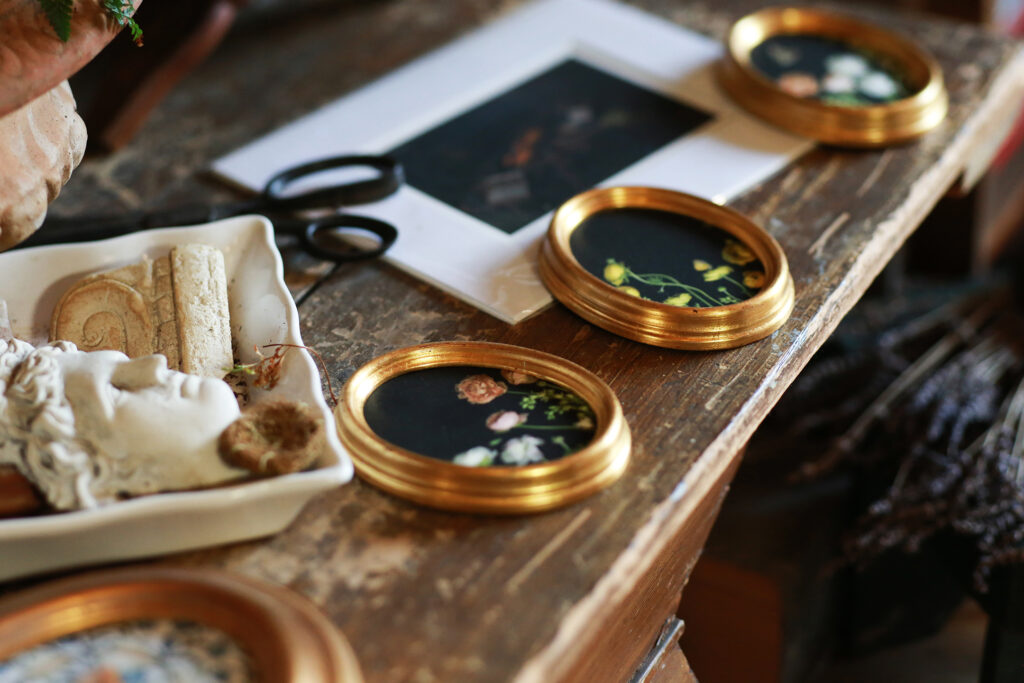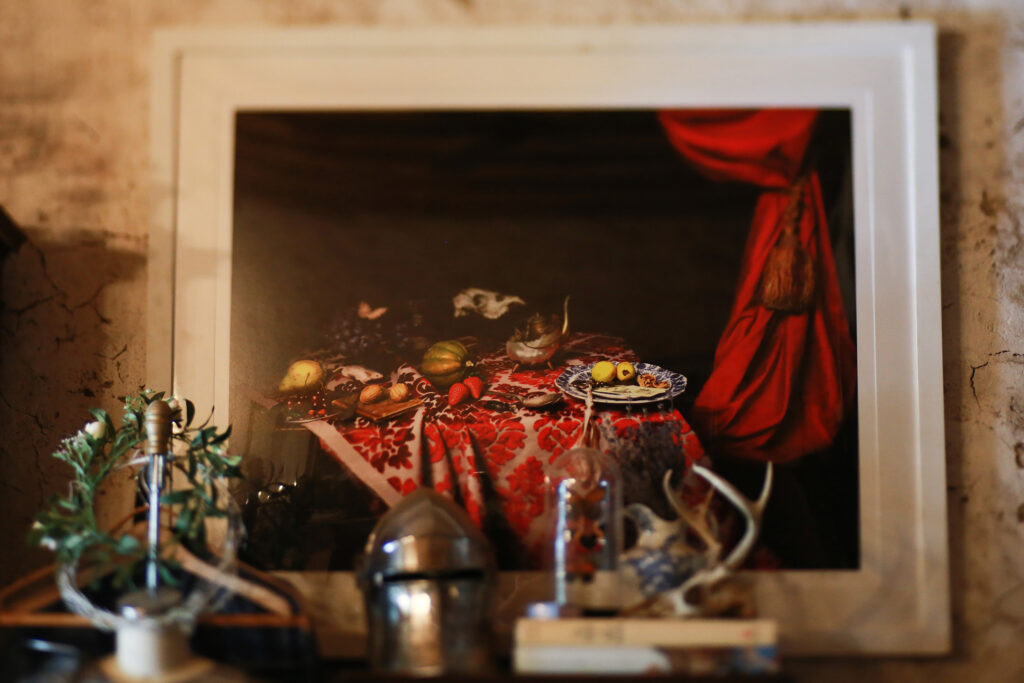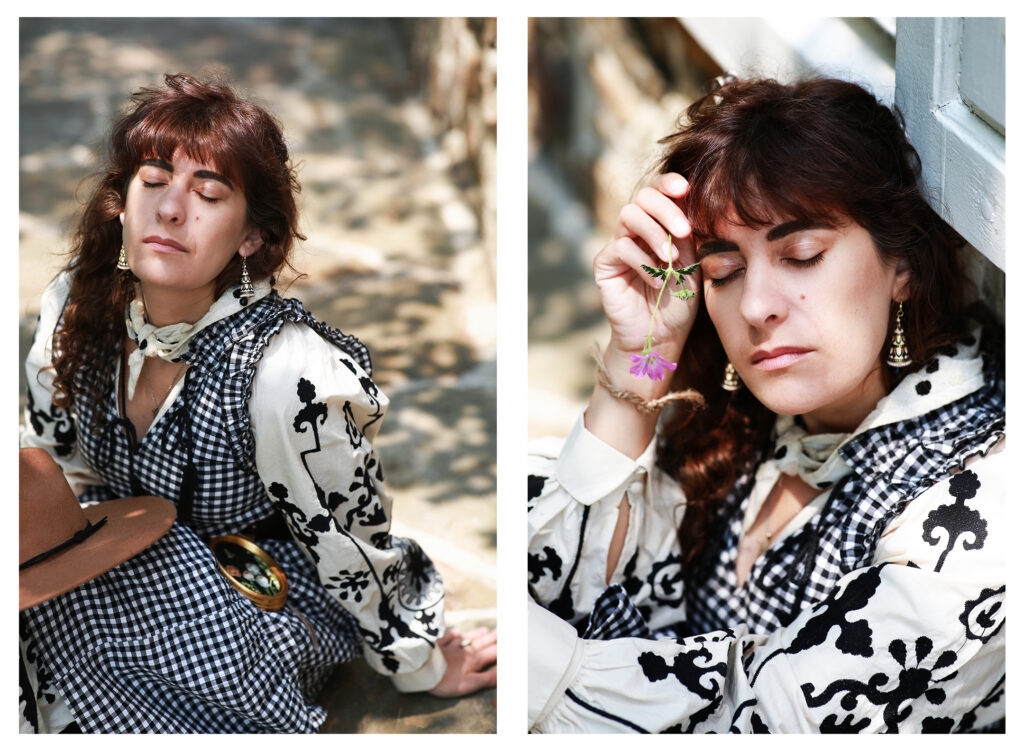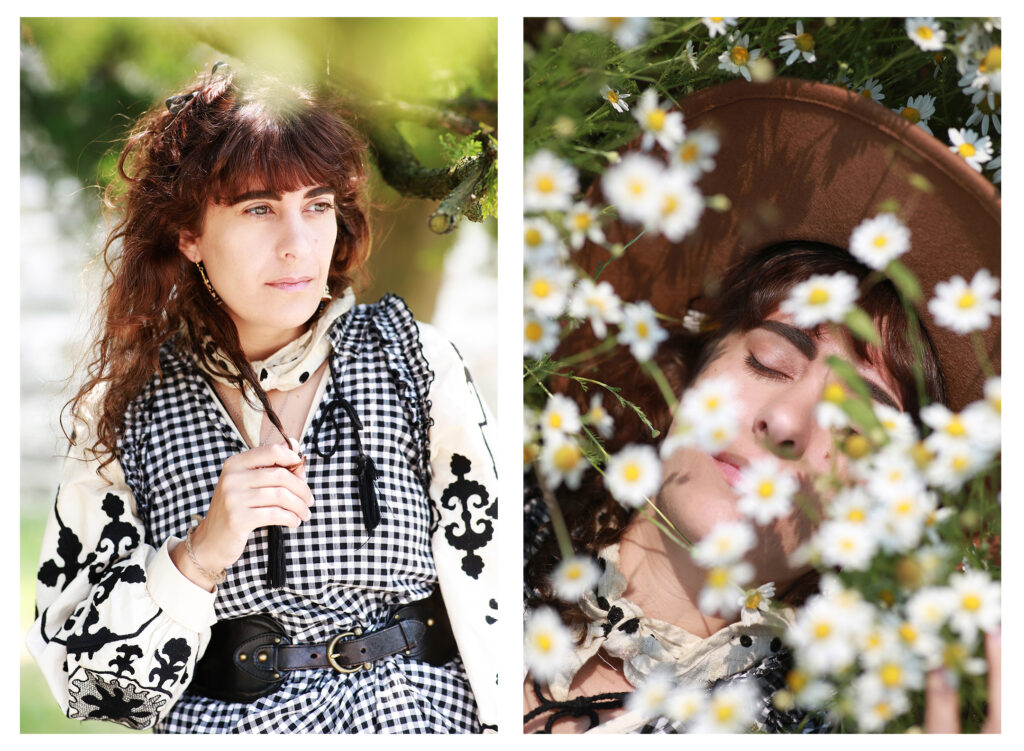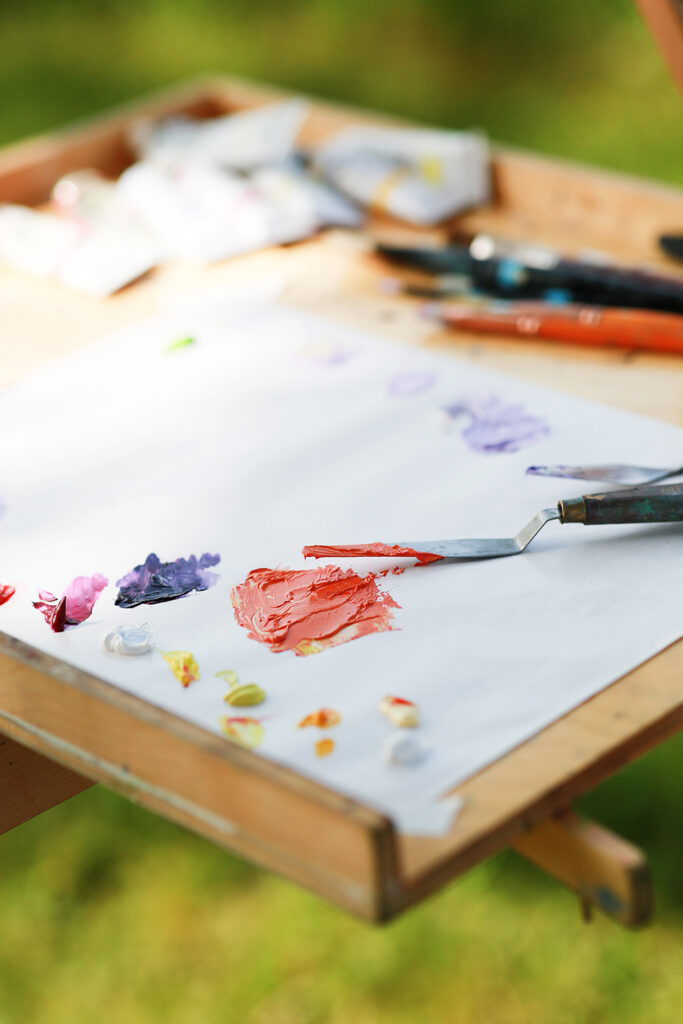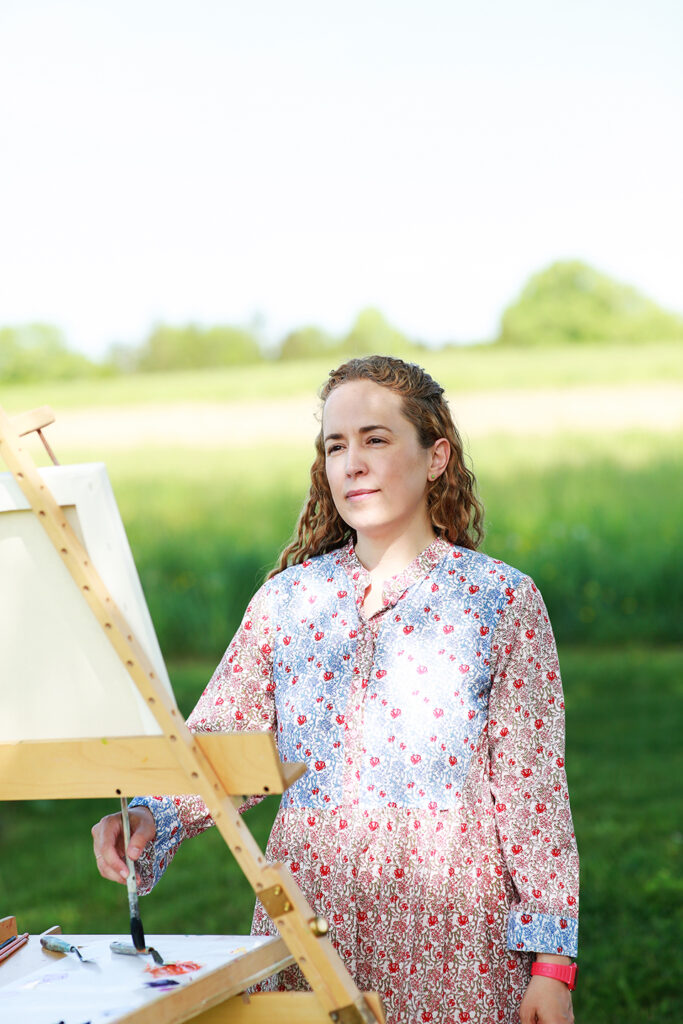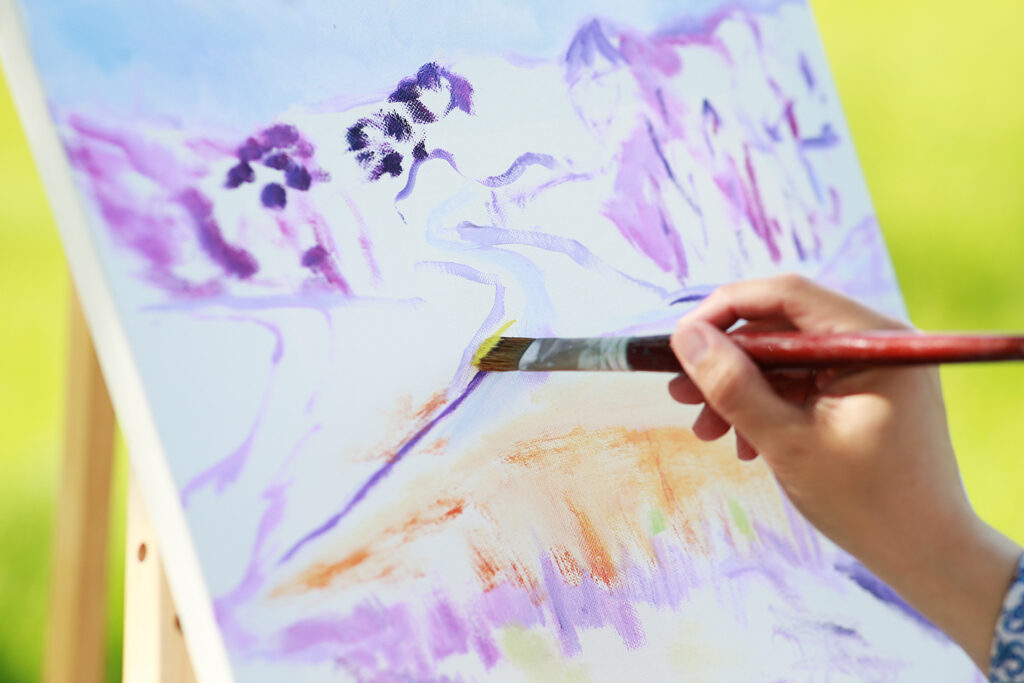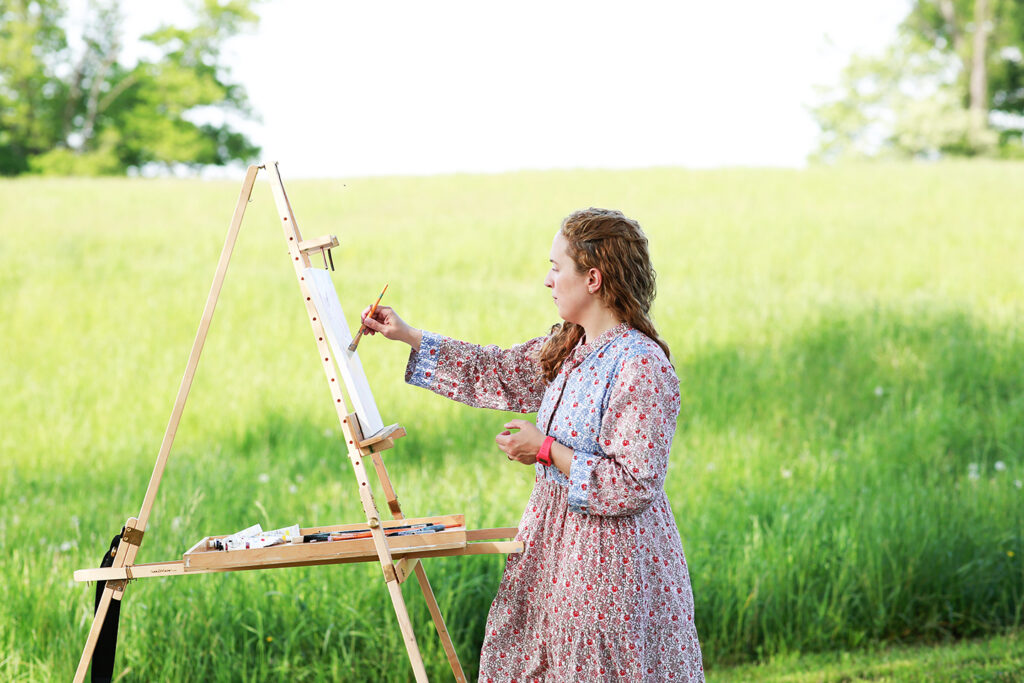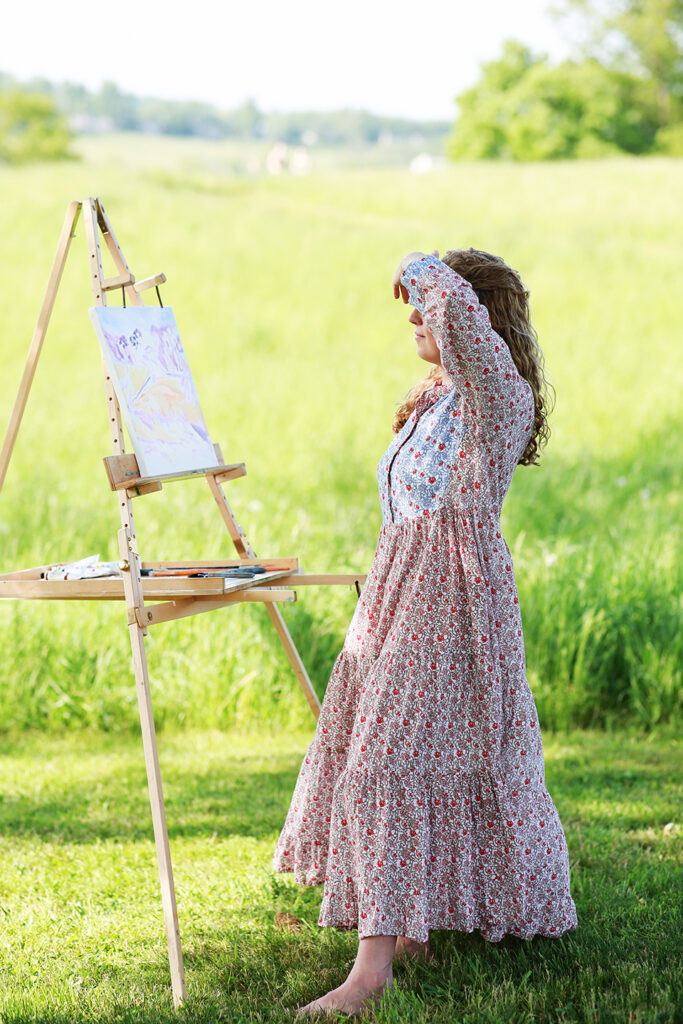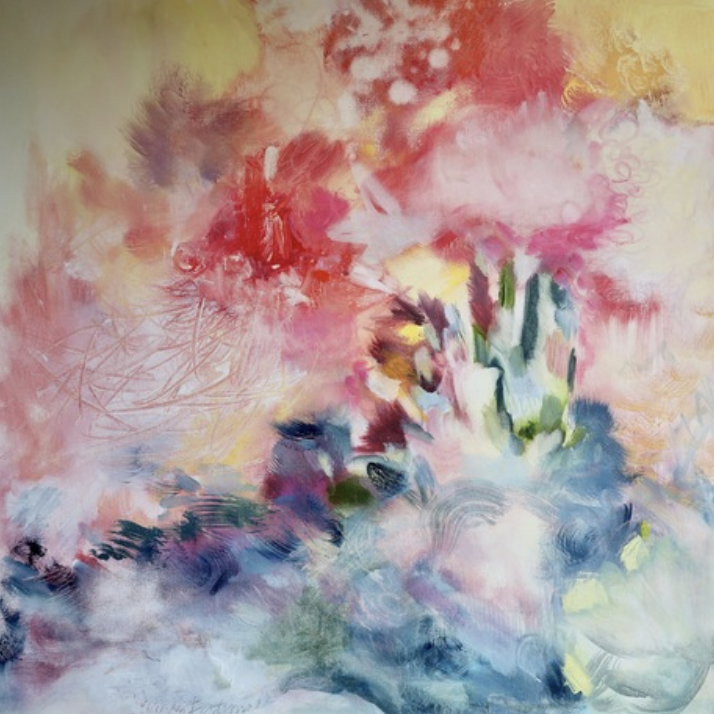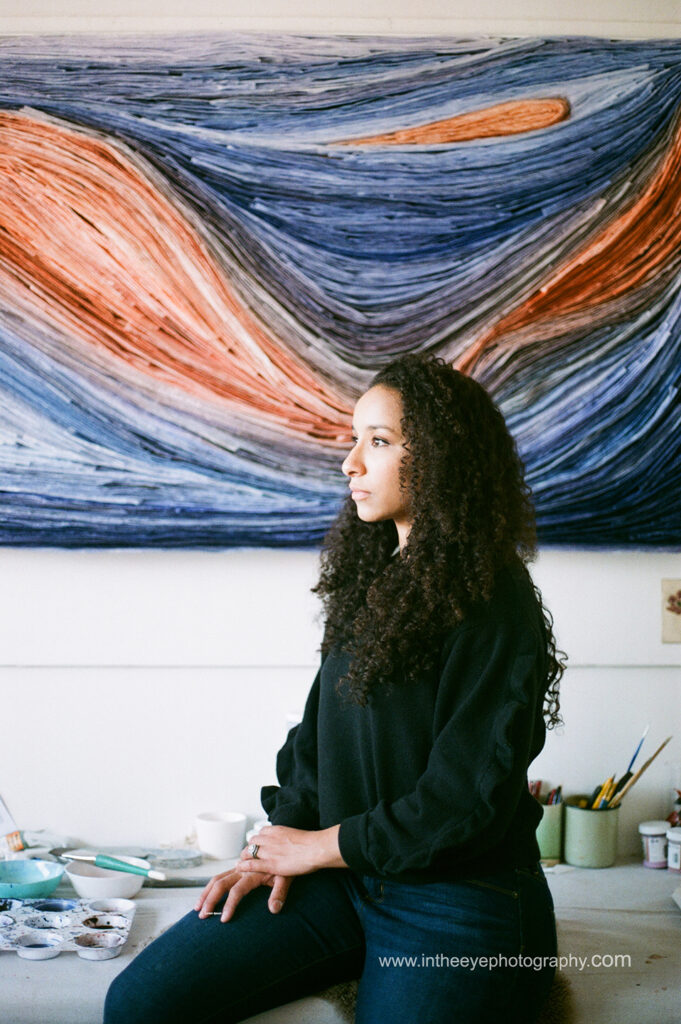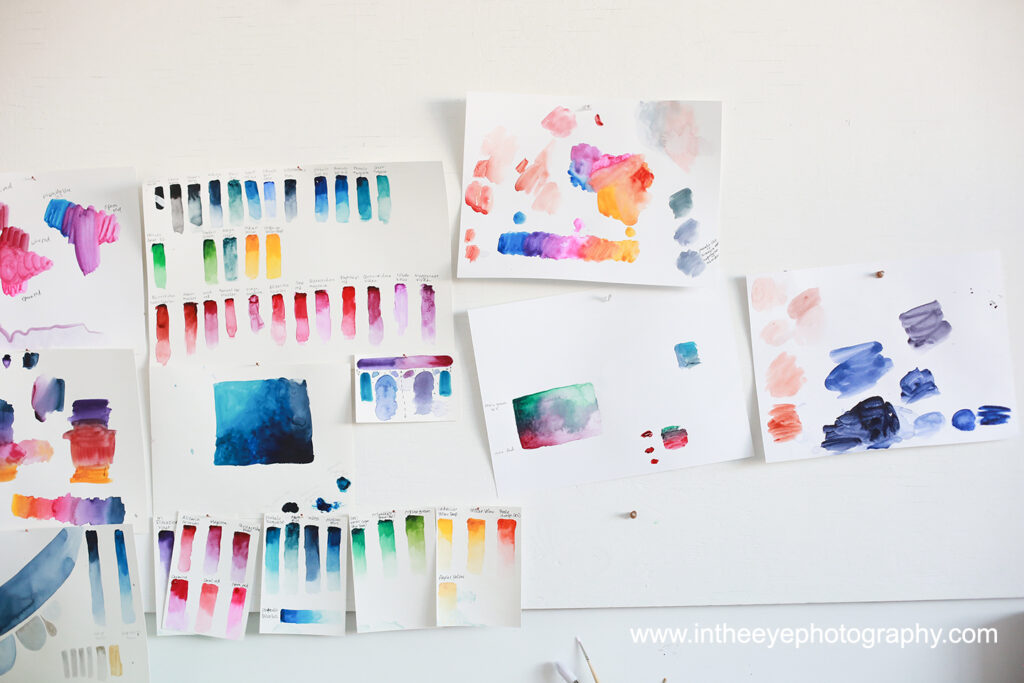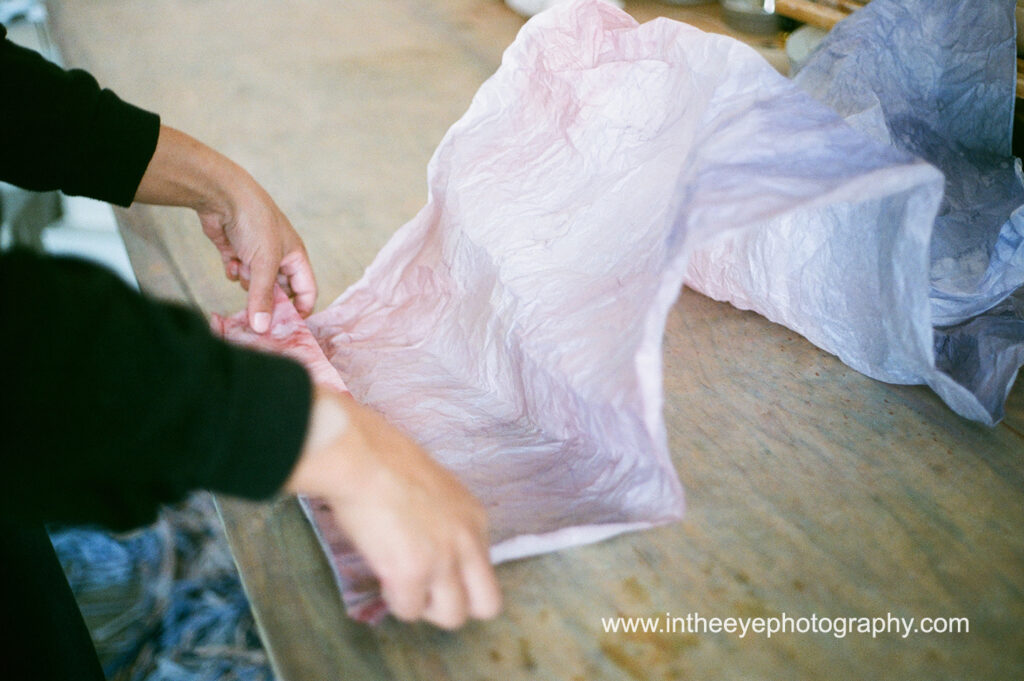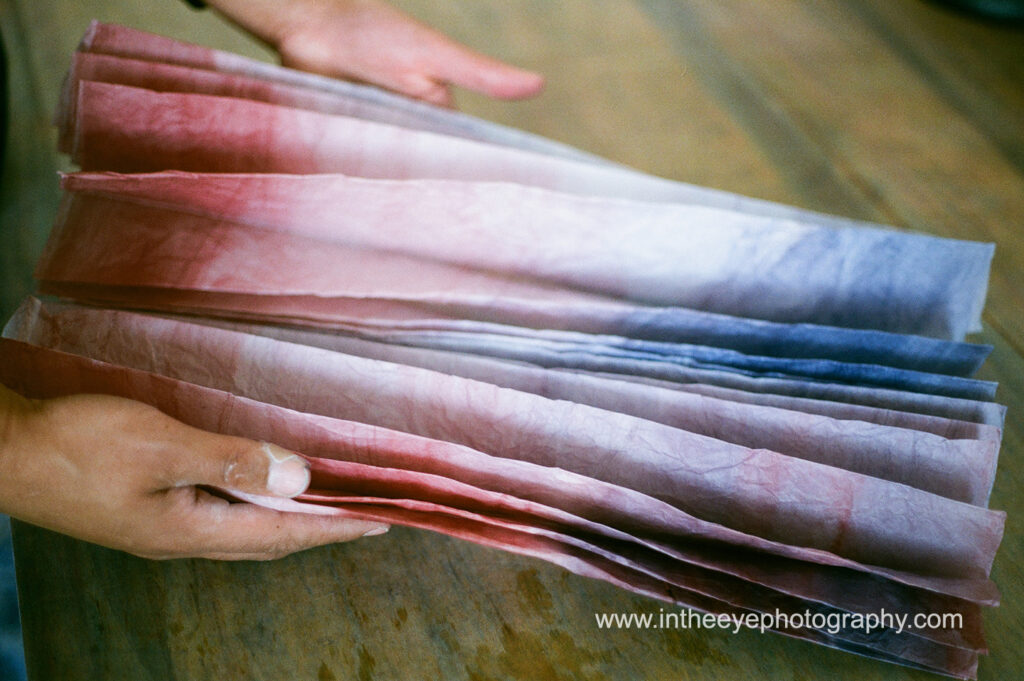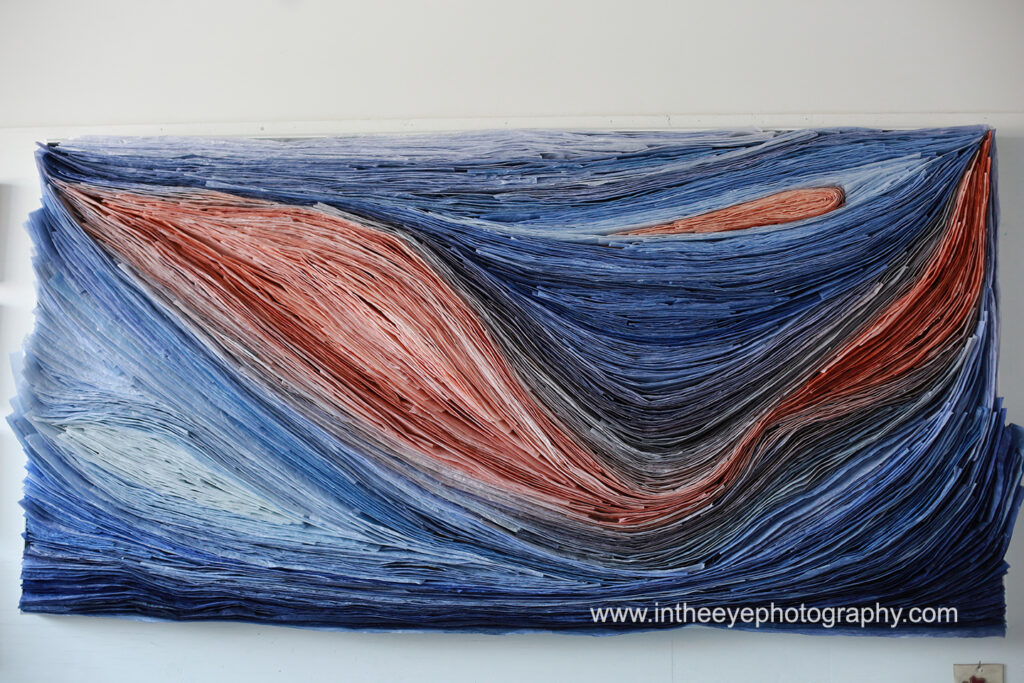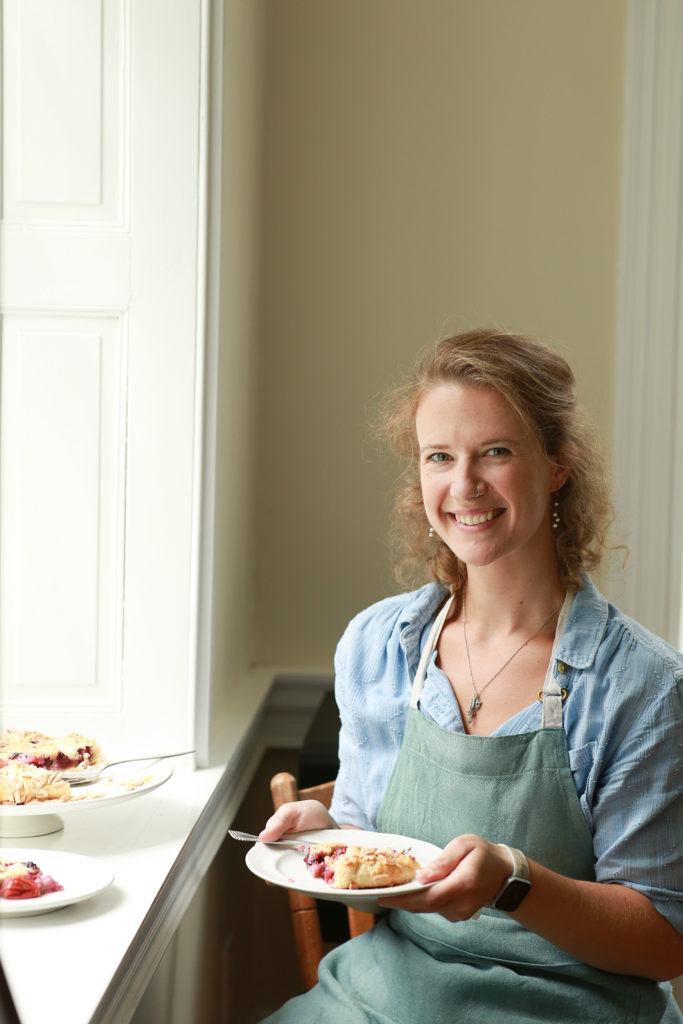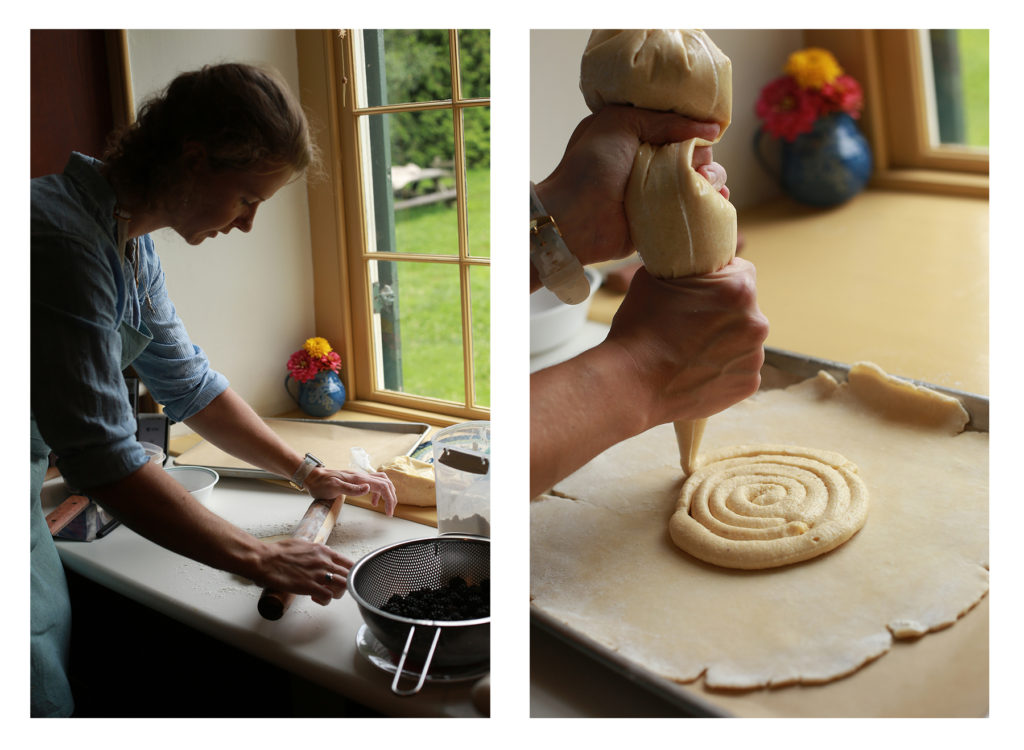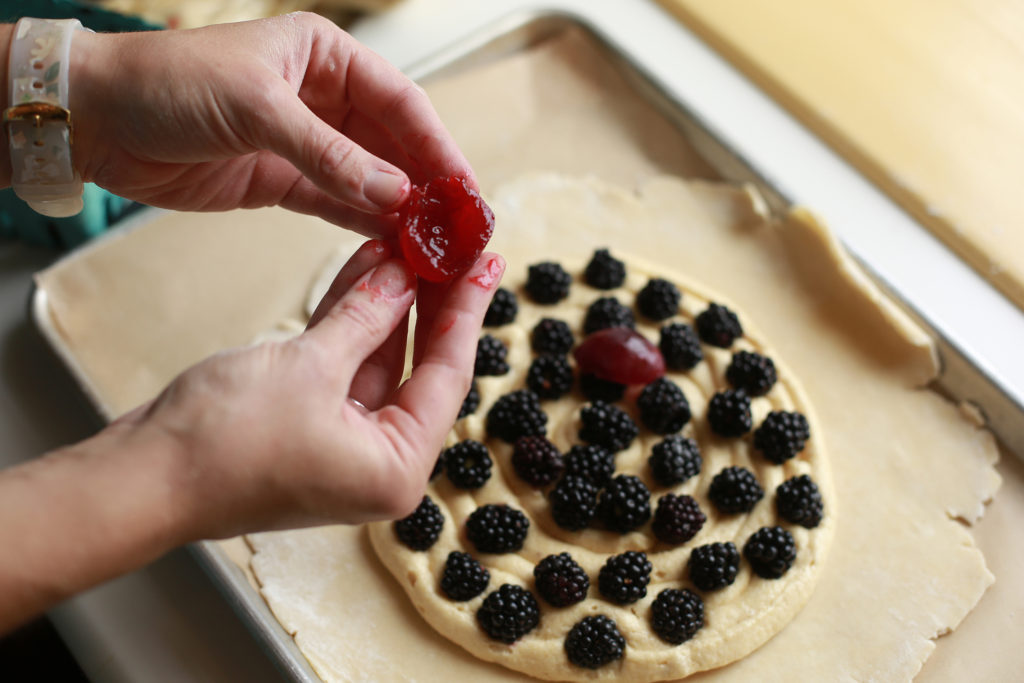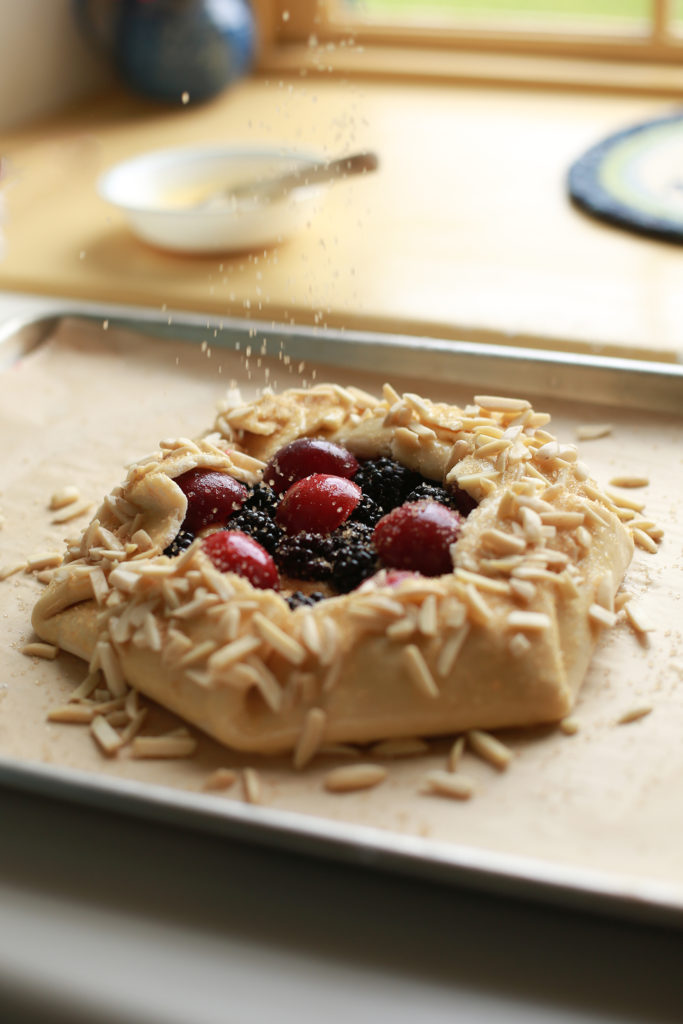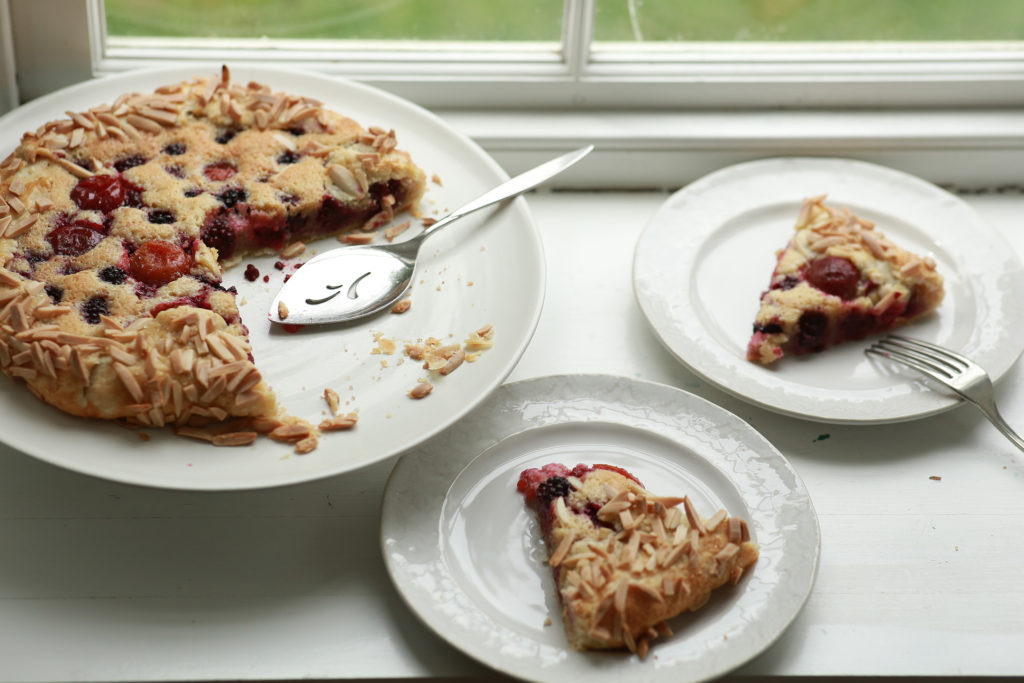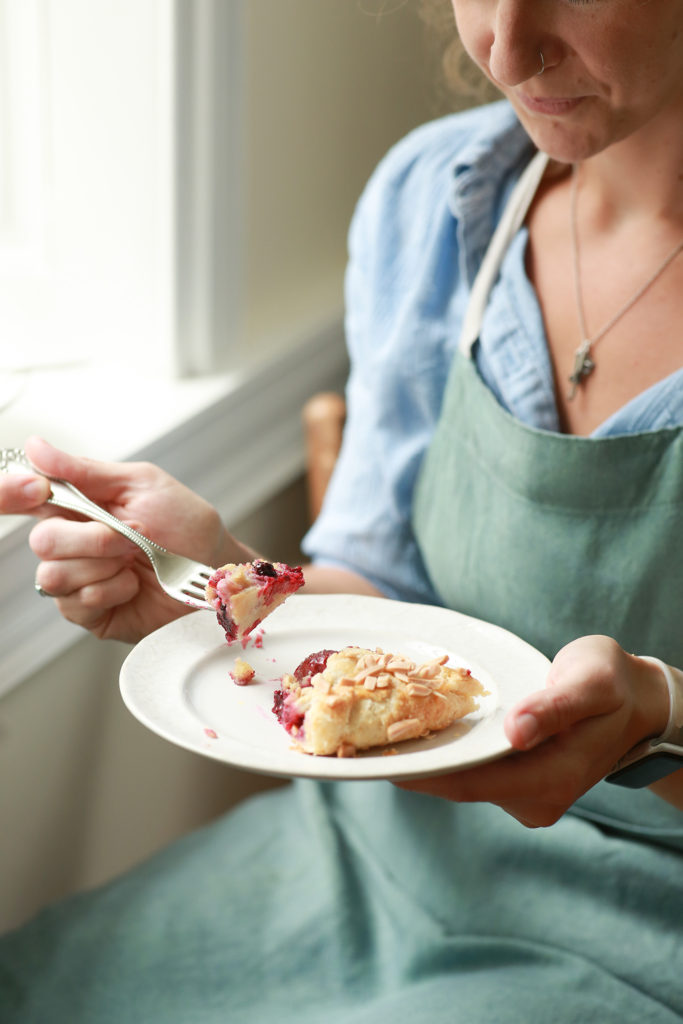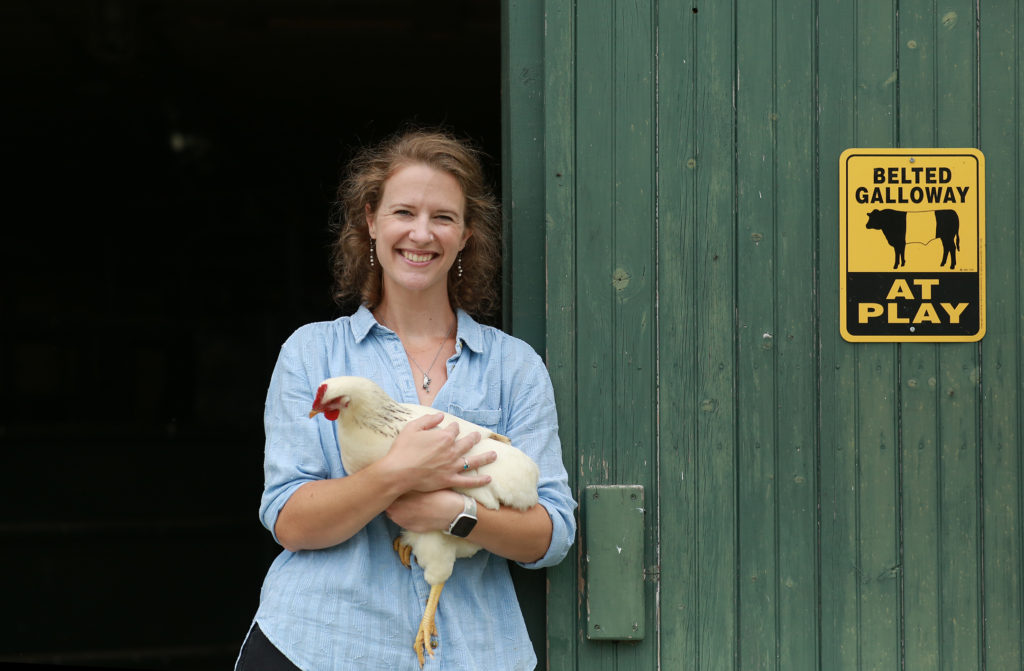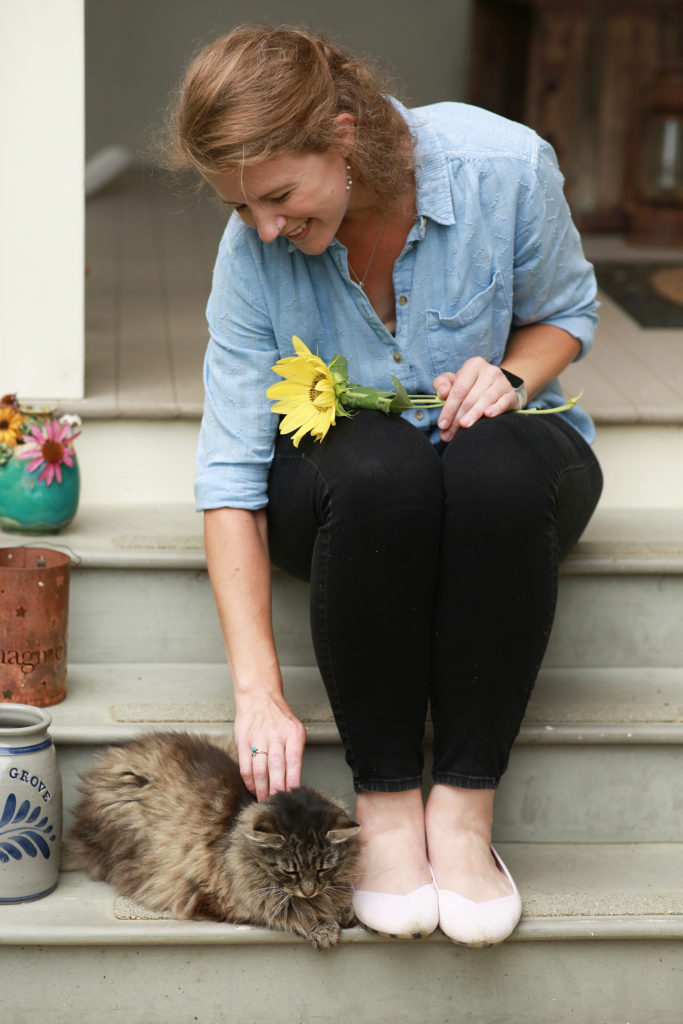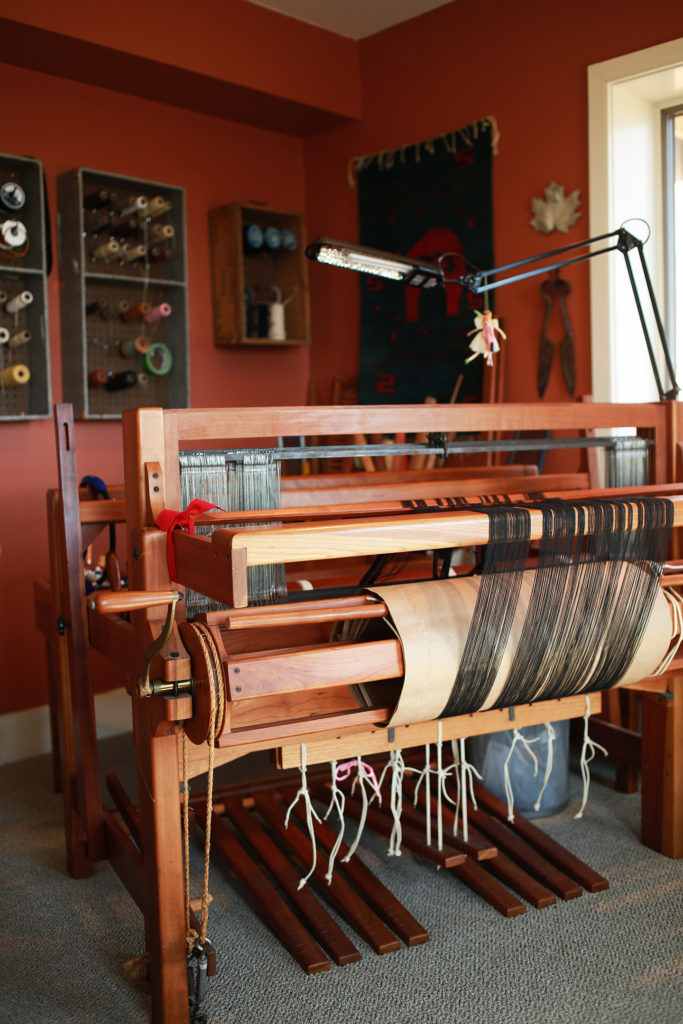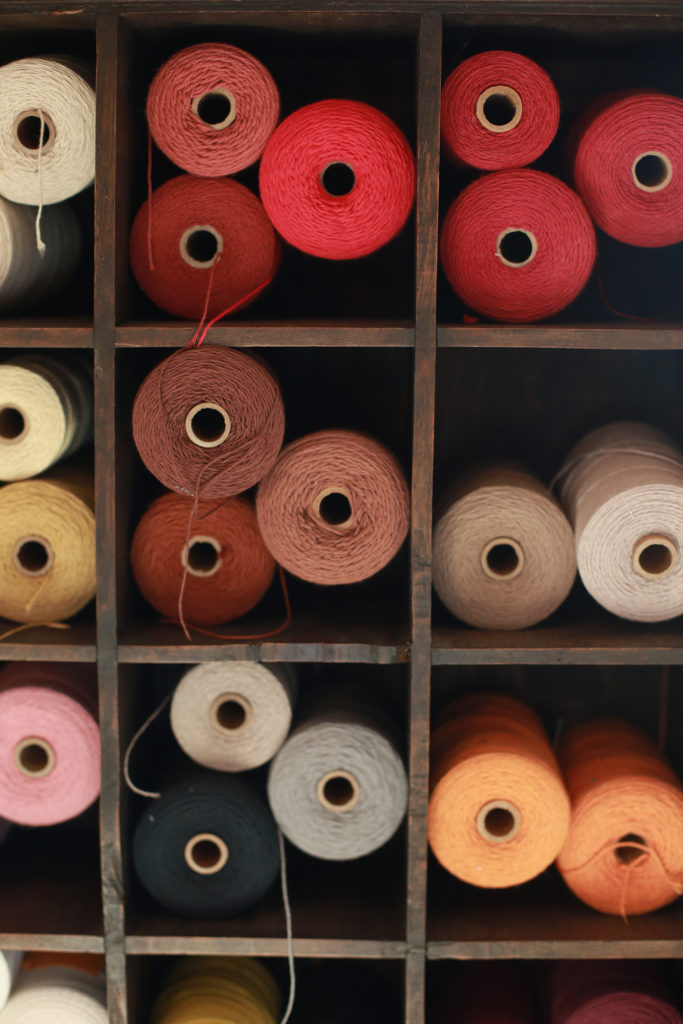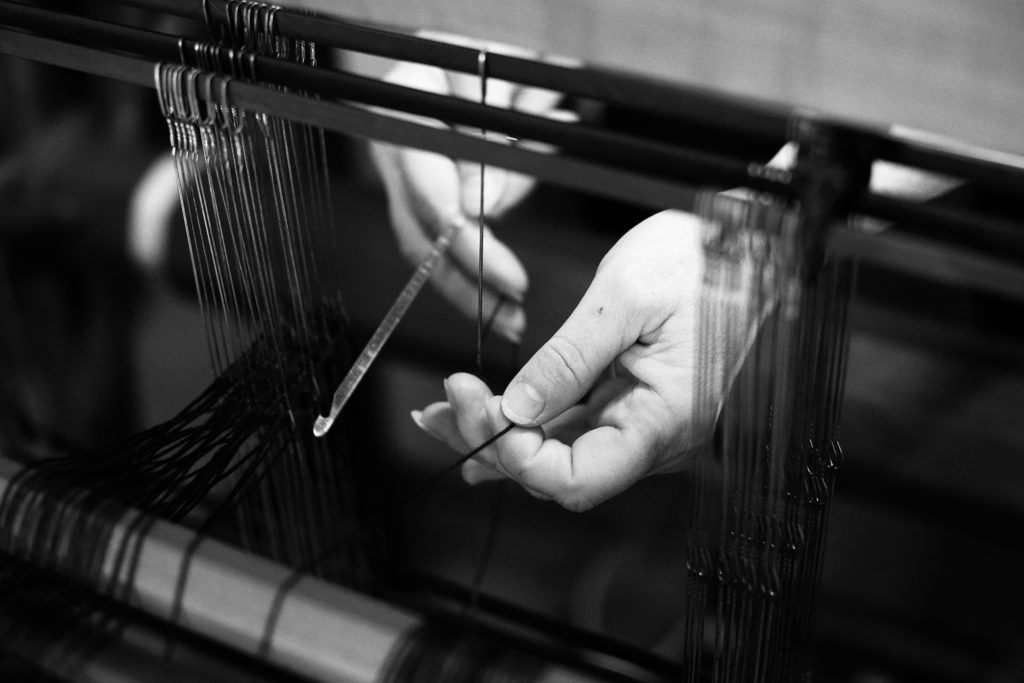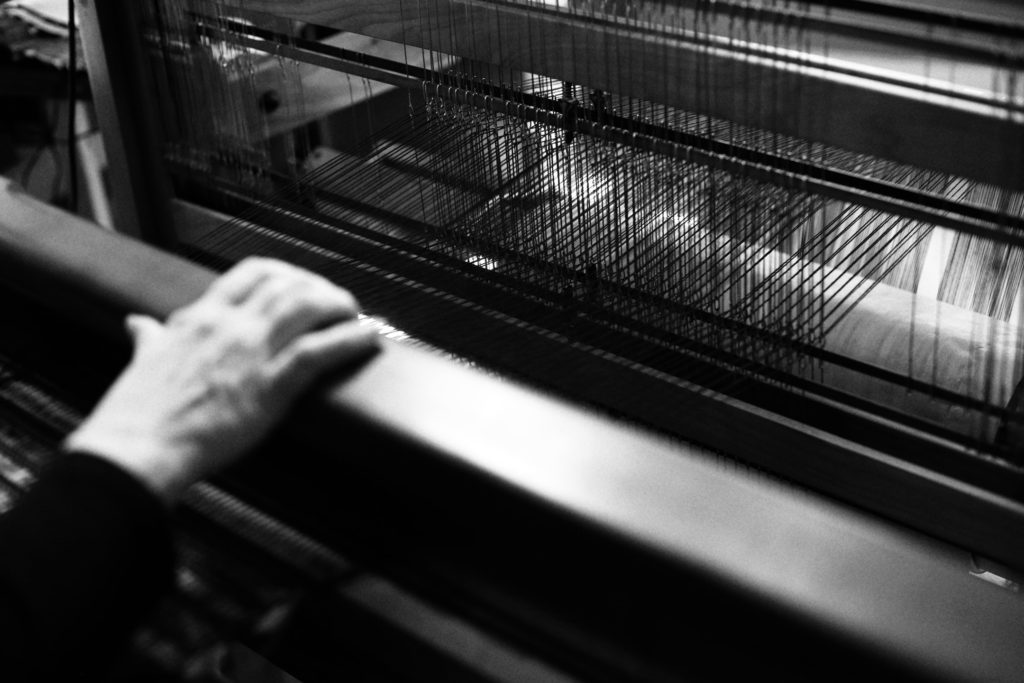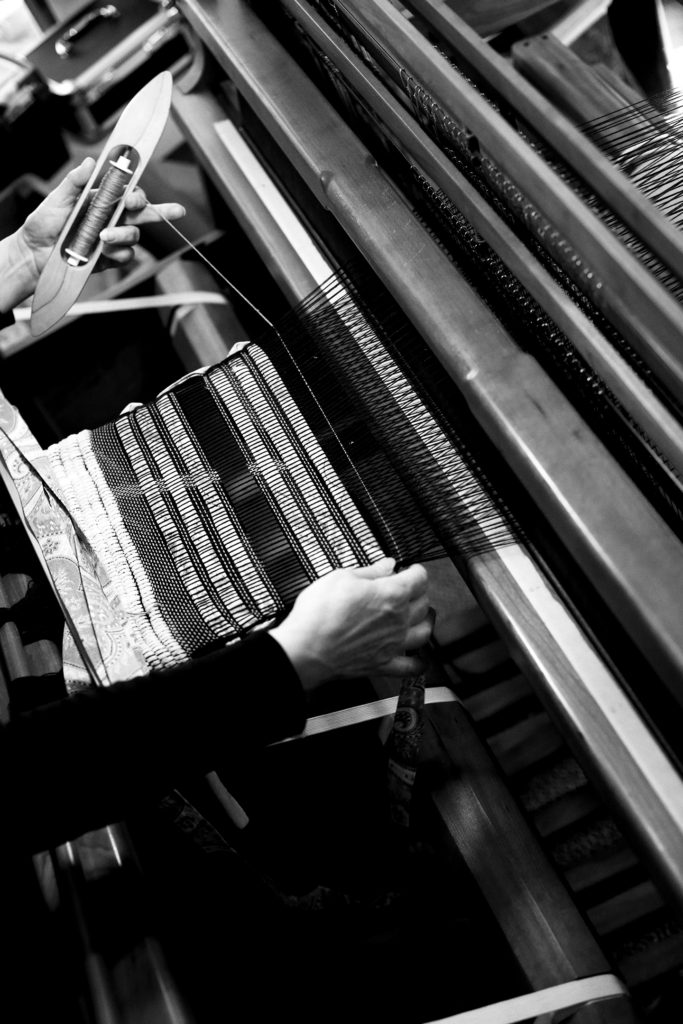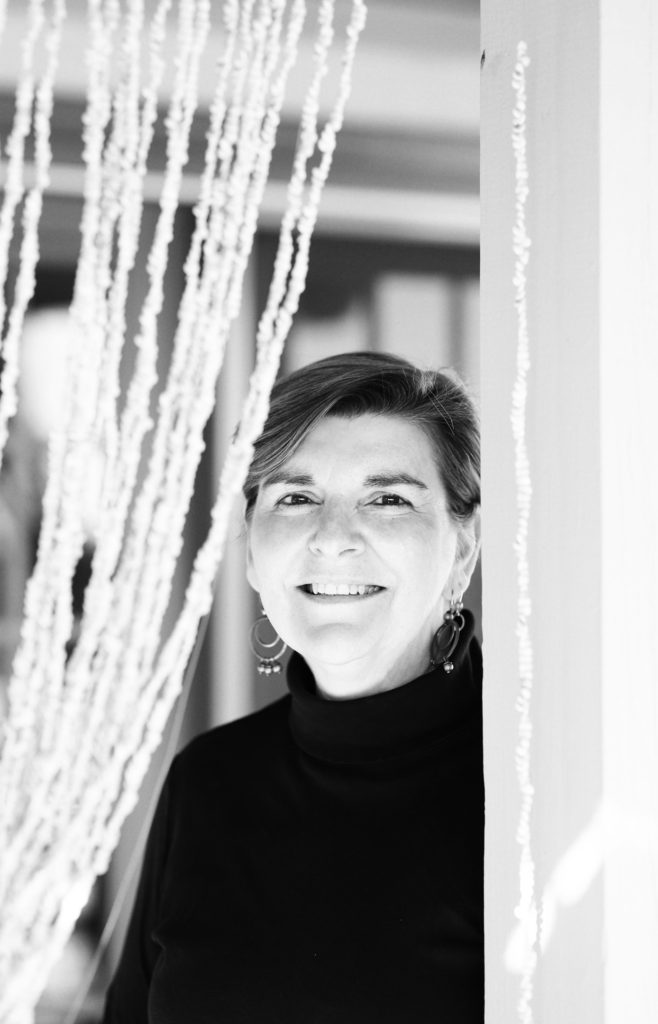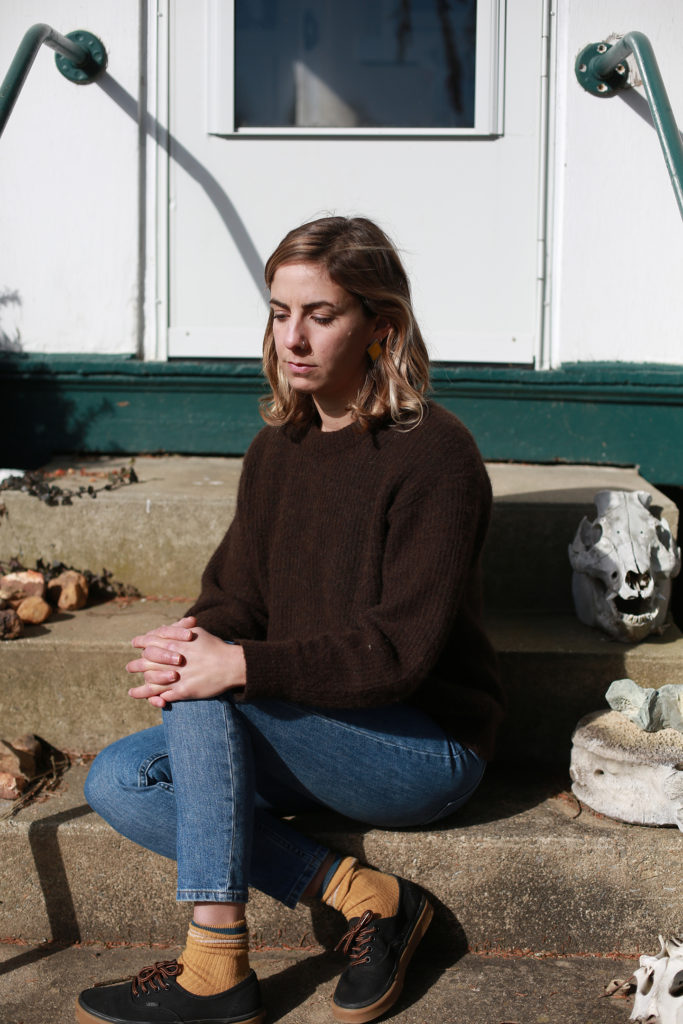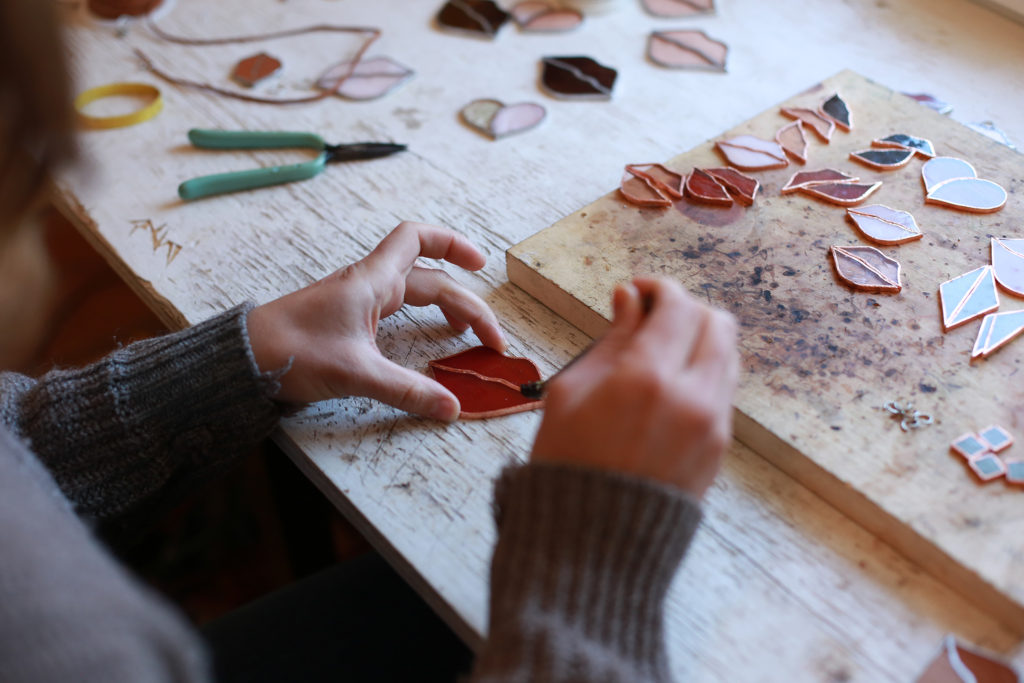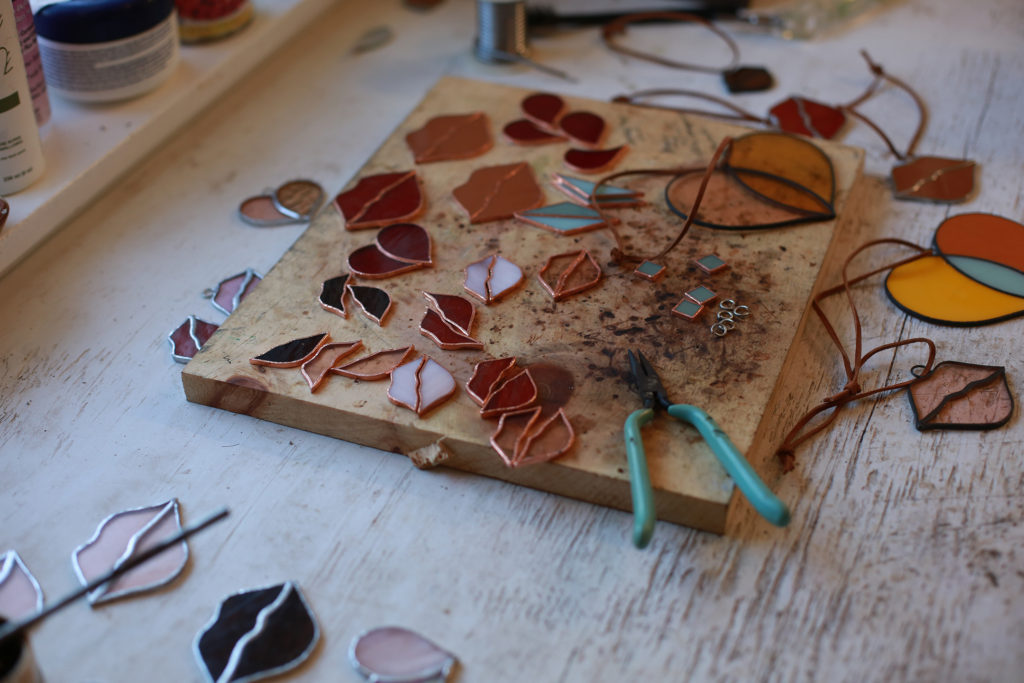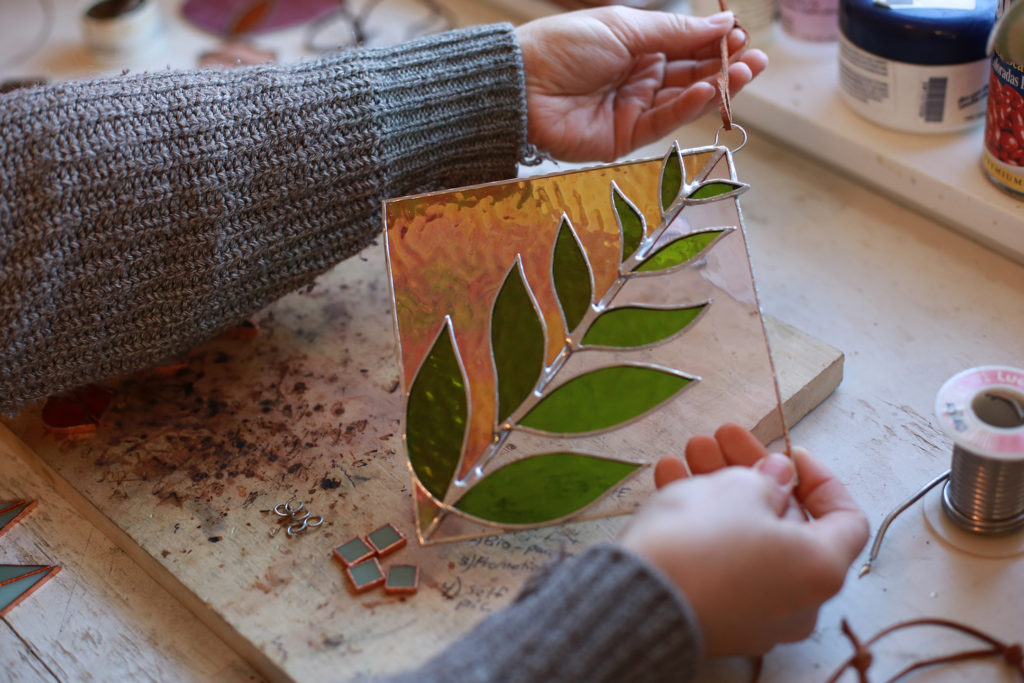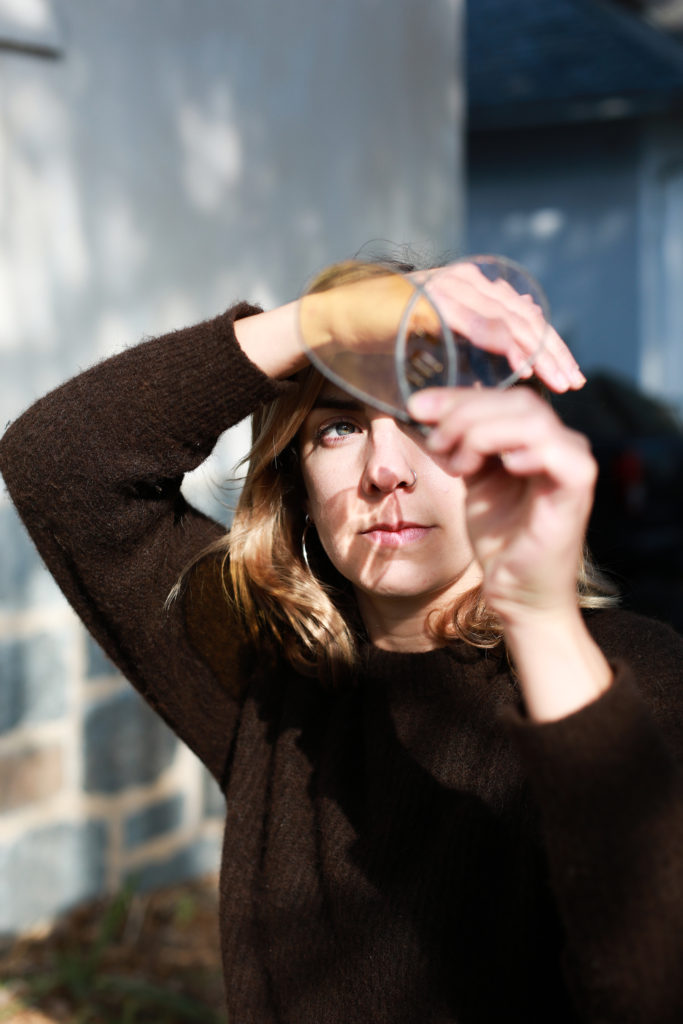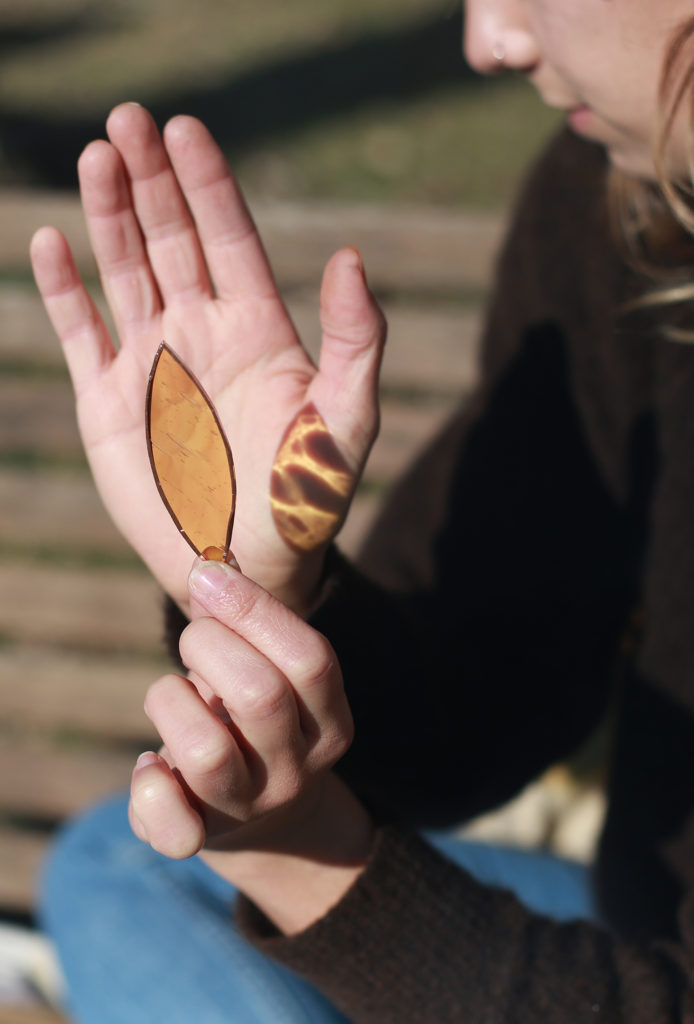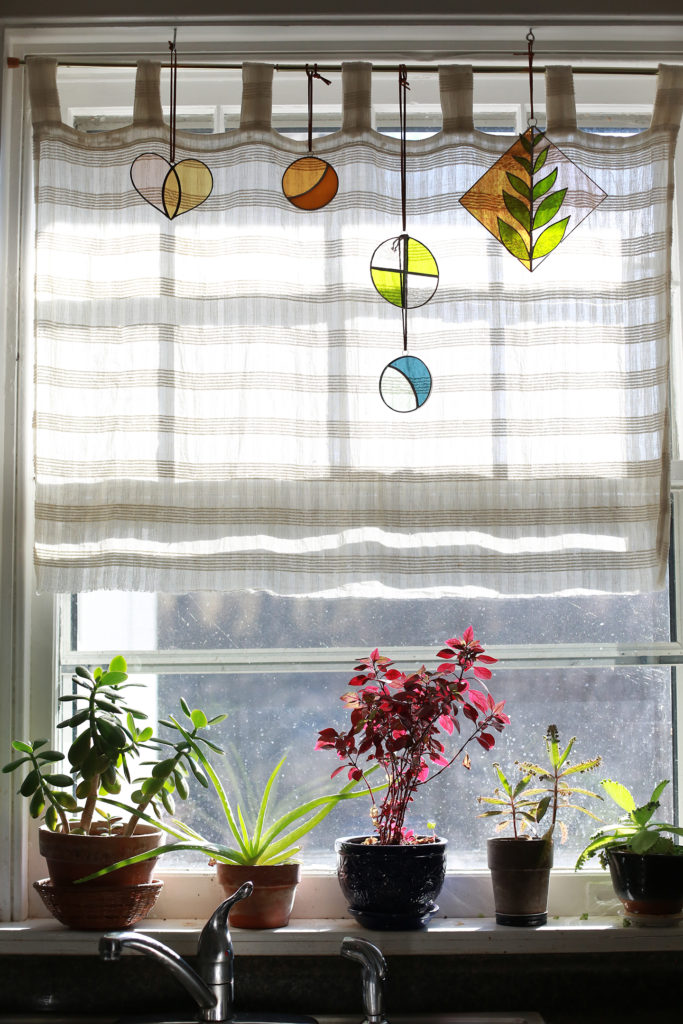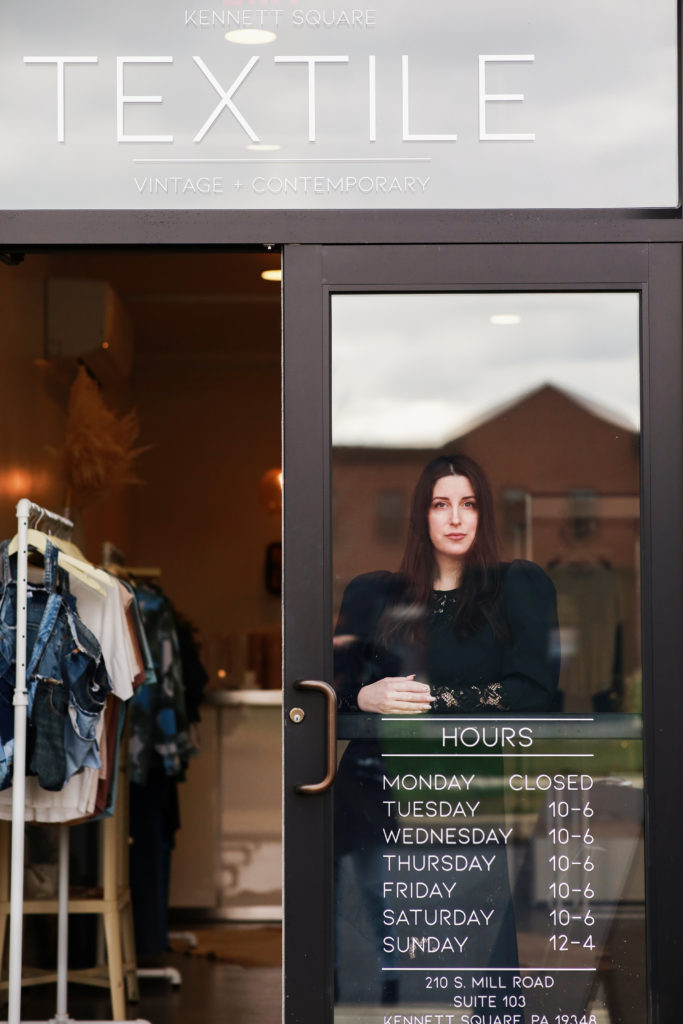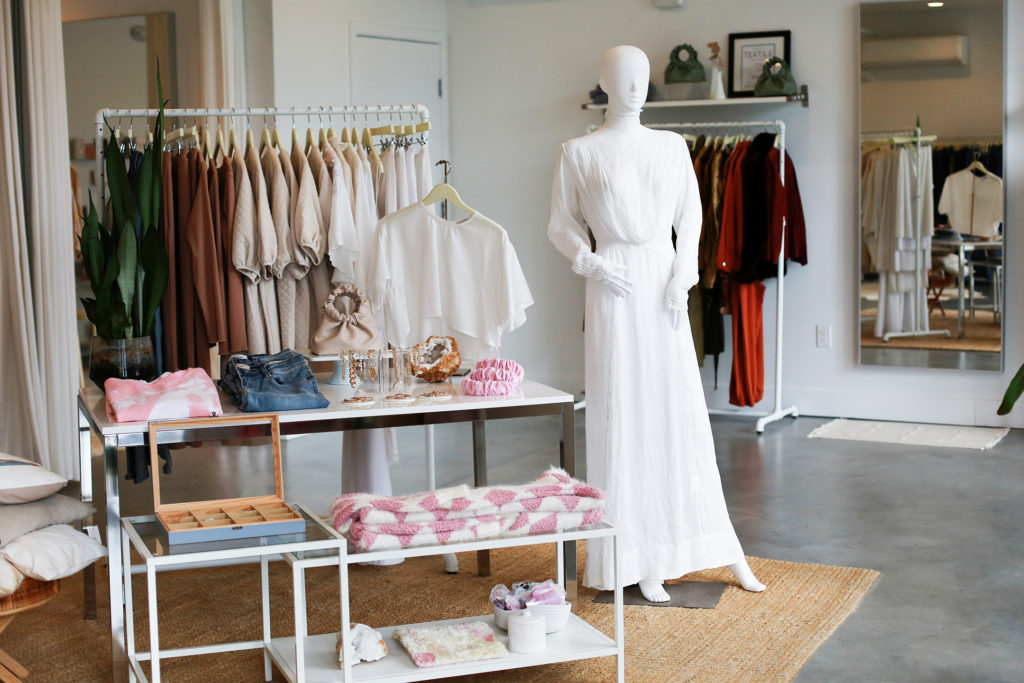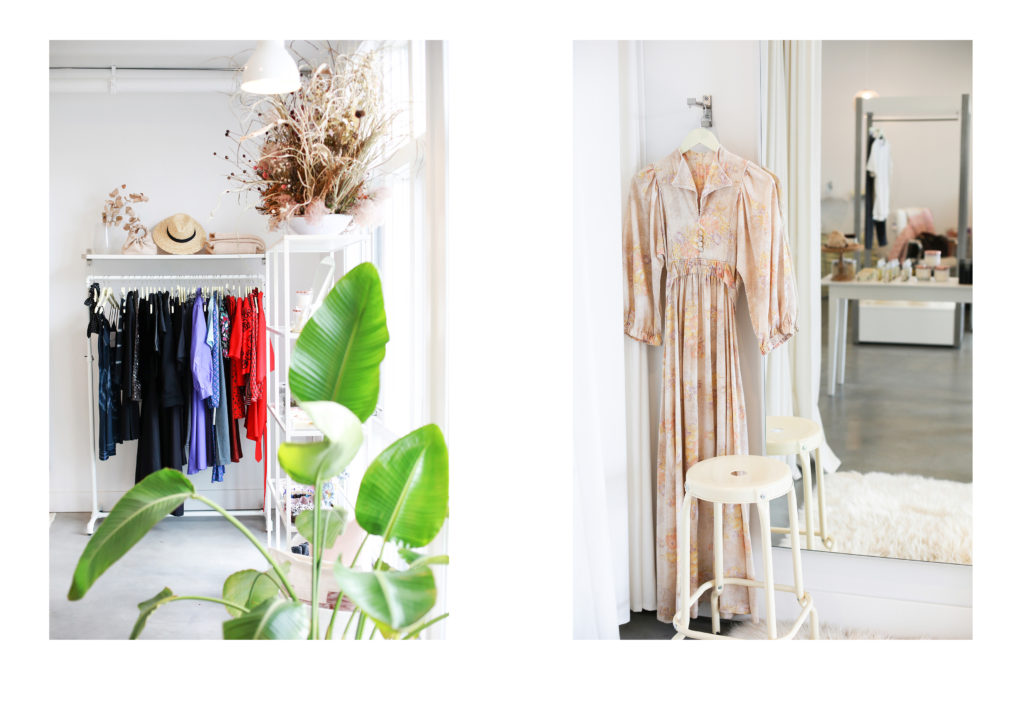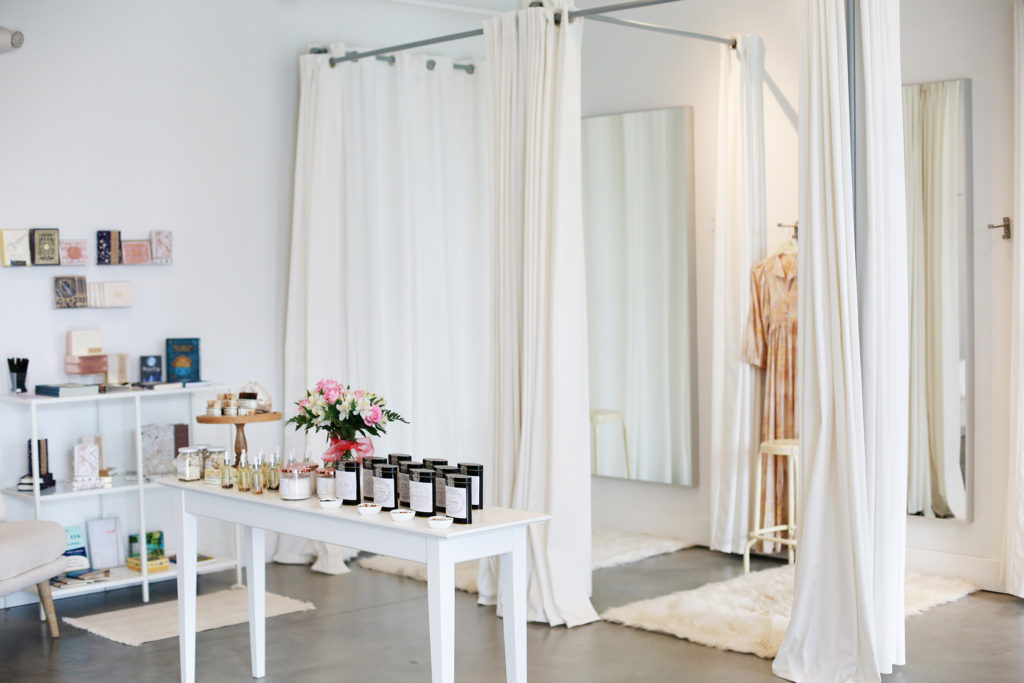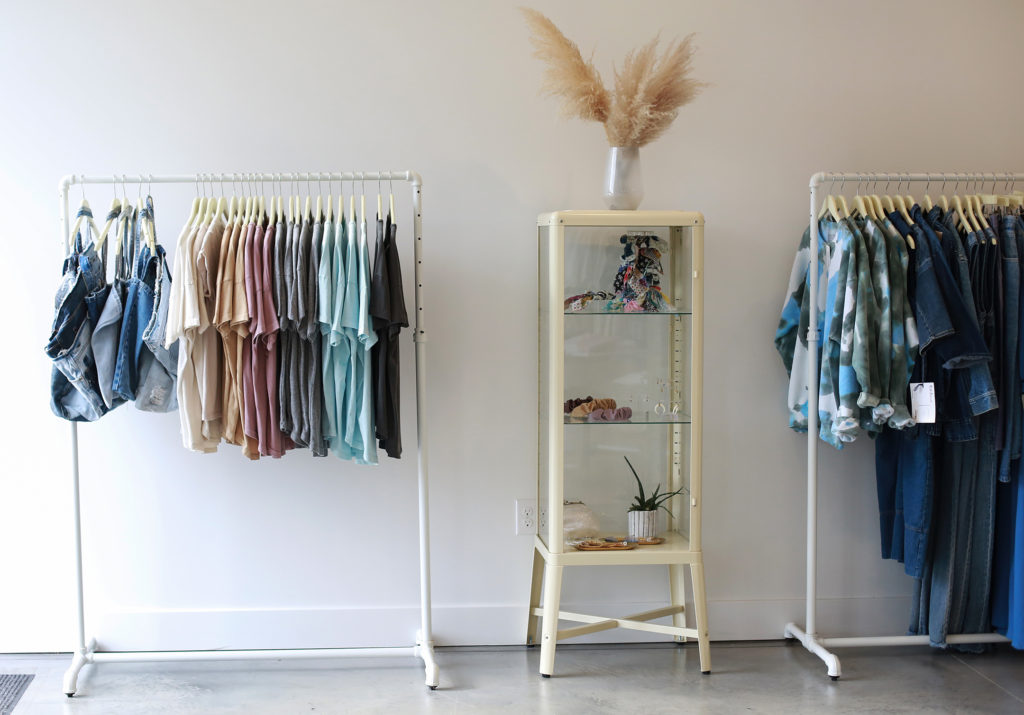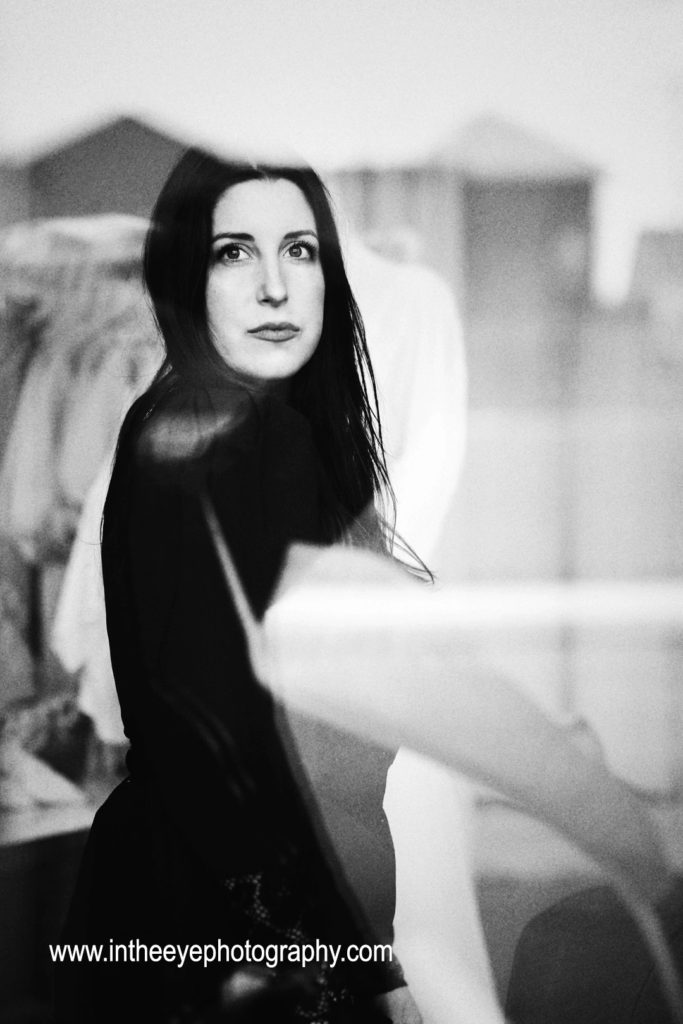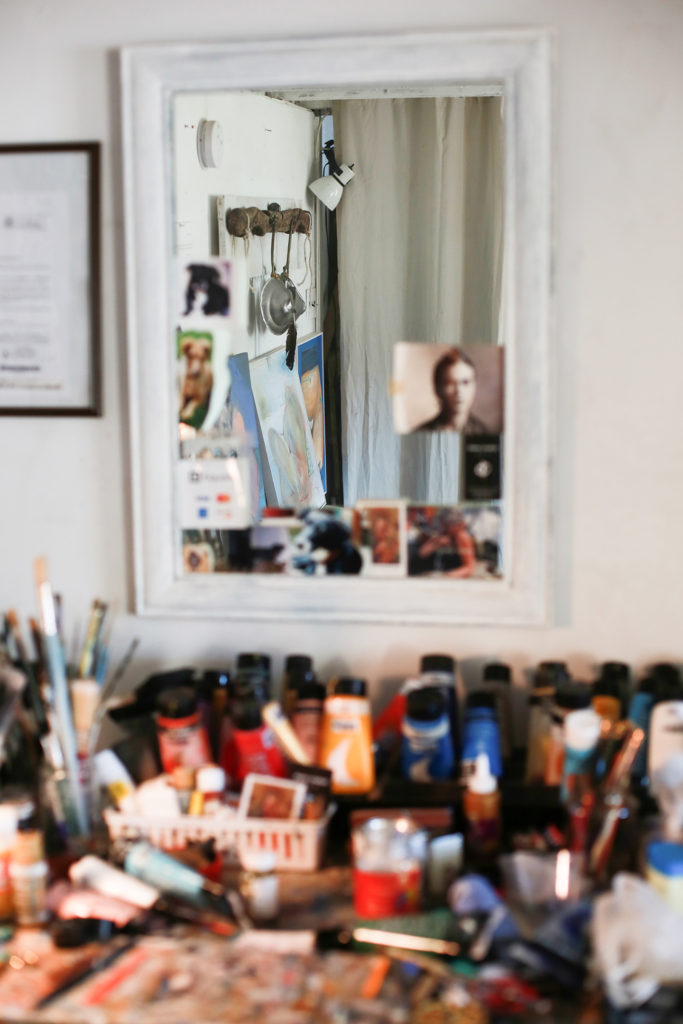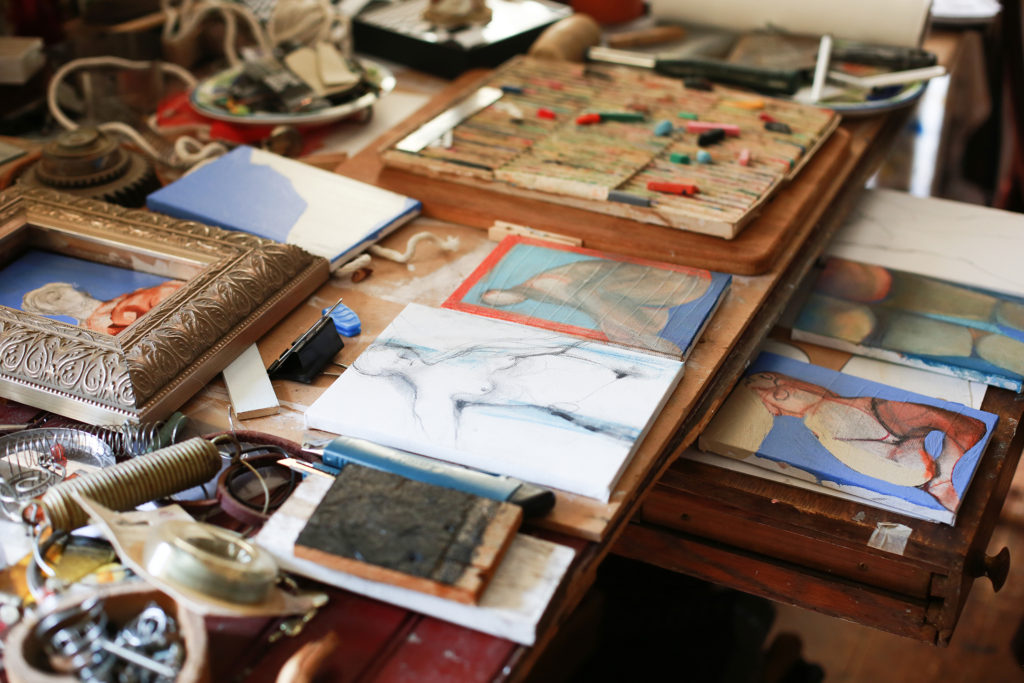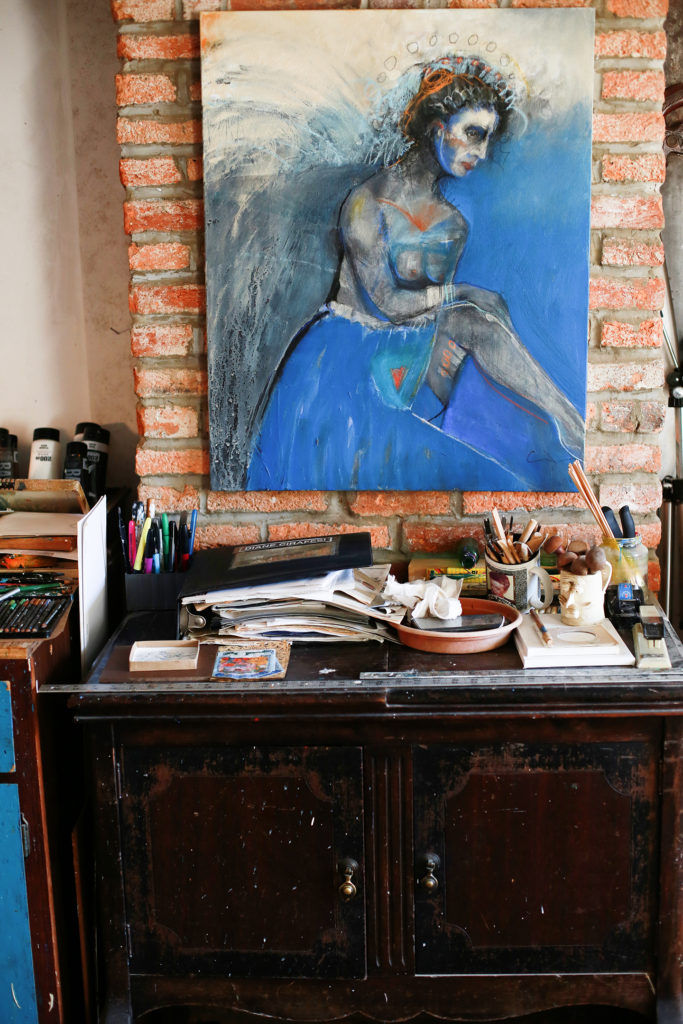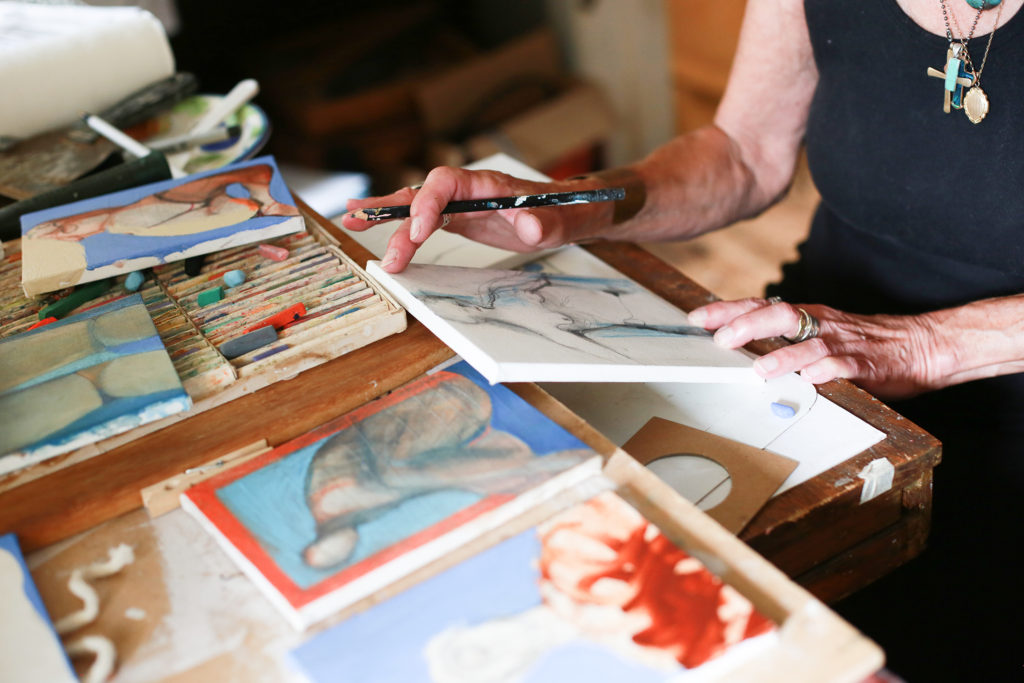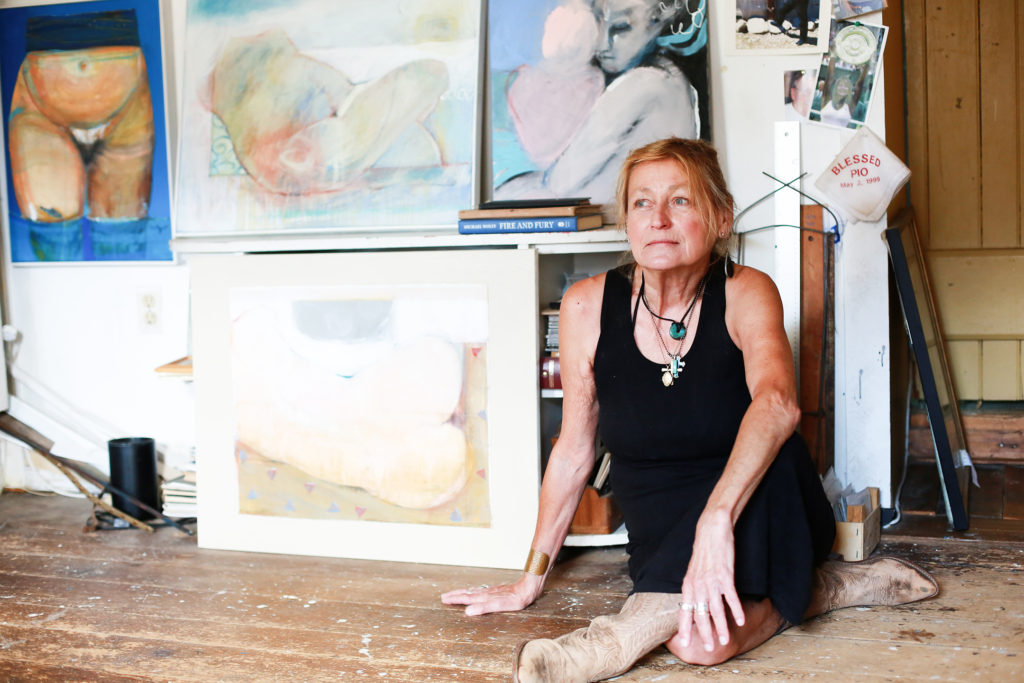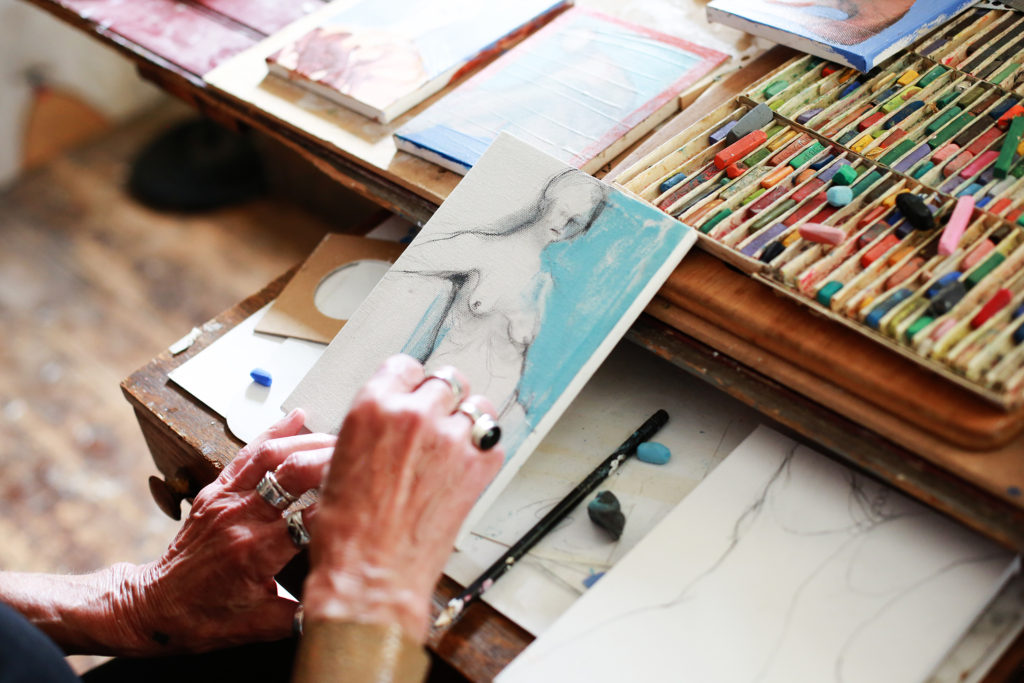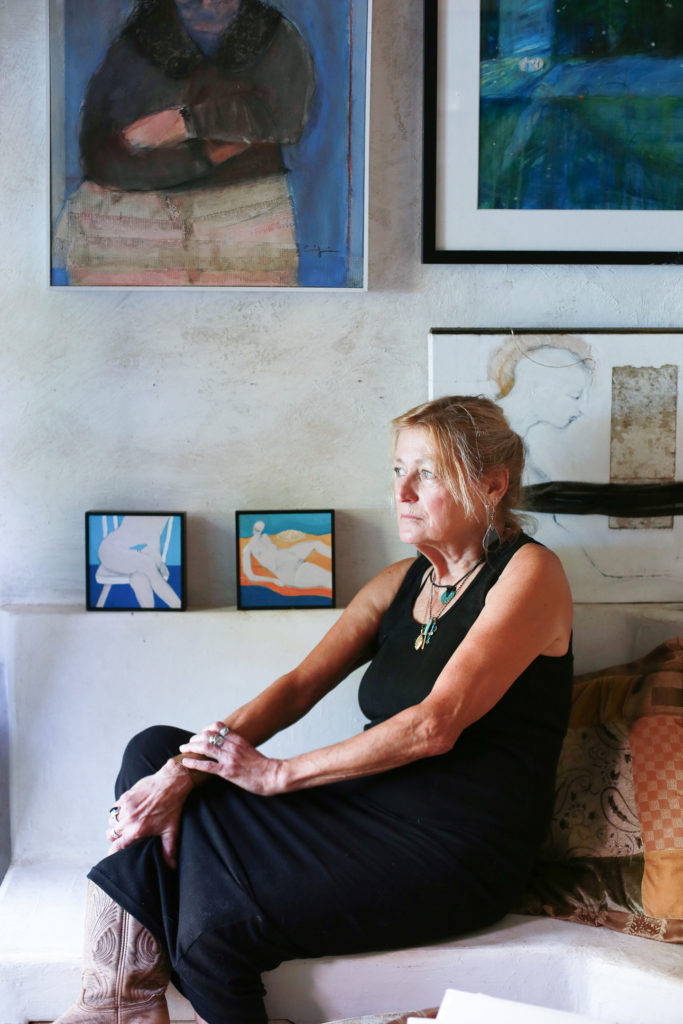Meet Laura, an interior photographer and designer.
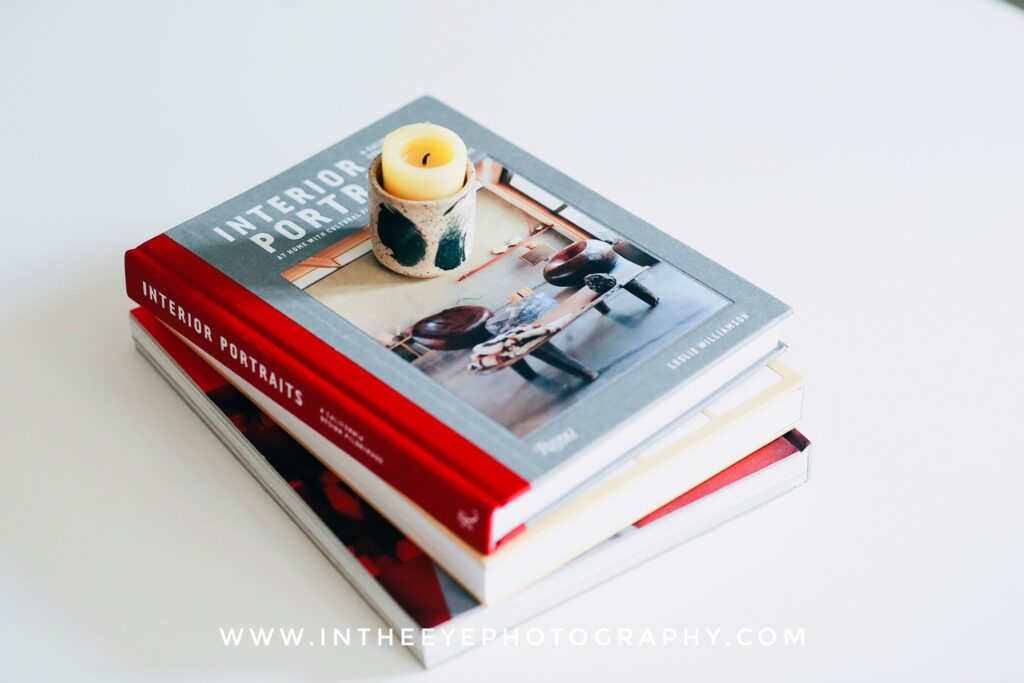
When you were a child, what did you dream of becoming?
When I was a child, I dreamed of becoming many things. At different points, I imagined myself as a graphic designer (which I ended up doing!) an animator and writer, and even working in wildlife management, helping to protect and preserve nature. Each of these dreams reflected my curiosity and passion for creativity, storytelling, and the natural world. And, I’m fortunate that in many ways, I’m still engaged in most of these interests in my adult life.

What inspired you to pursue this particular path?
After spending 15 years in the graphic design industry, I started to realize just how much of my free time I spent learning about interior design, architecture, and photography. It turns out that the subjects that dominate your bookshelf or Pinterest boards are telling you something.
I’ve always had a deep interest in space and environment — how people live around the world, the environments they create, and the ways those spaces affect their emotions and interactions.
I’m the kind of person that tends to embrace opportunities as they come rather than charting out 5- or 10-year plans. When we moved from Arizona to Pennsylvania, a design/build company in my area was hiring an interior designer. We were halfway through our home renovation (which was a complete gut of a 1970 home) and I had taken interior photos of the renovations I had done at our home in Arizona. With these photos as my portfolio, I applied, got the job and took the leap into the world of interior design.
After about a year at the company, there came a point when they were in need of a new photographer to photograph their completed projects for social media and marketing. Given my love and experience for photography—especially capturing my own home and life—I offered to take the photos. That moment sparked my career in interior photography, which I’ve come to love just as much as interior design.
To sum this all up, I’ve learned over the years to take my interest seriously and not be afraid to put myself out there and try. It is hard to do, but in my experience these leaps have paid off.
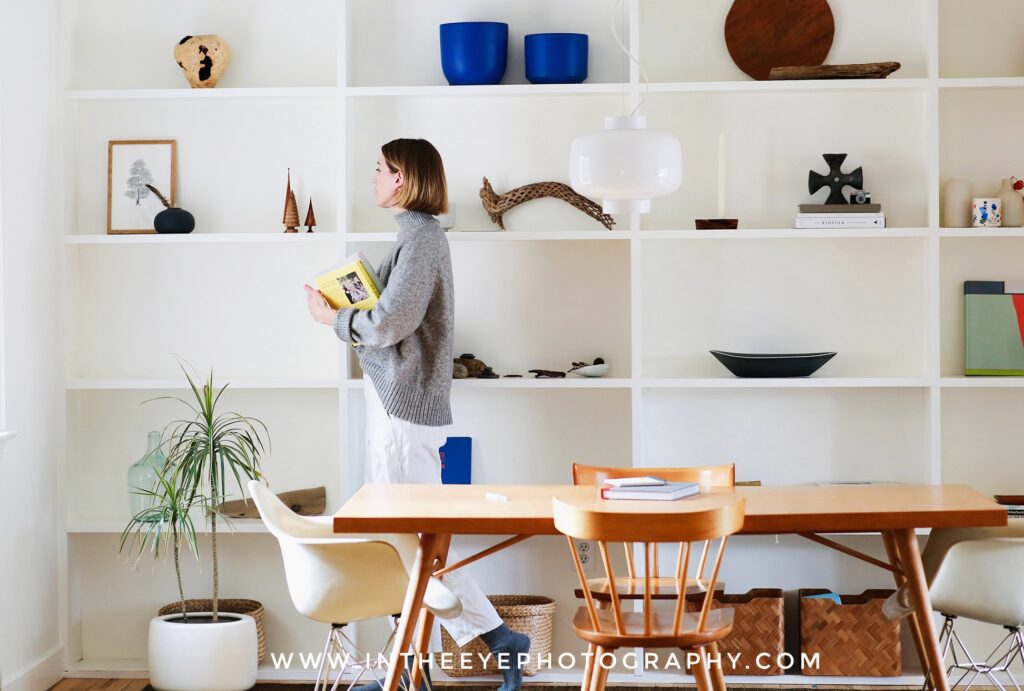
What tool, object, or ritual is essential to your workday?
With two young kids and a number of active work projects underway at any given time, my workday is never the same routine. One ritual that I love is making an afternoon espresso (and usually chocolate!) at home. It makes me pause from my busy workday and appreciate simple pleasures.

What’s the most valuable piece of advice you received when starting your journey?
“You can do it” is one of the most basic and obvious pieces of advice I’ve been given, but it can also be the hardest to believe. It was especially hard for me to believe as I switched careers after having kids. But having someone tell you that you have all of the tools and capabilities to achieve what you are looking for is so valuable and really, so true.
What has been the most rewarding part of your journey so far?
Seeing my interior designs come to life in real spaces is truly mind-blowing. It’s especially remarkable since I’m not the one handling the installation. I find myself just as amazed as the clients when I see everything that has started in my mind come together in the real world.
With photography, there’s a unique moment when the shot is perfectly set up, and I look through the viewfinder, knowing it’s going to be beautiful because the composition and lighting are hitting just right. In that instant, I feel a rush of joy and a deep sense of relief—it’s incredibly rewarding to capture that moment.
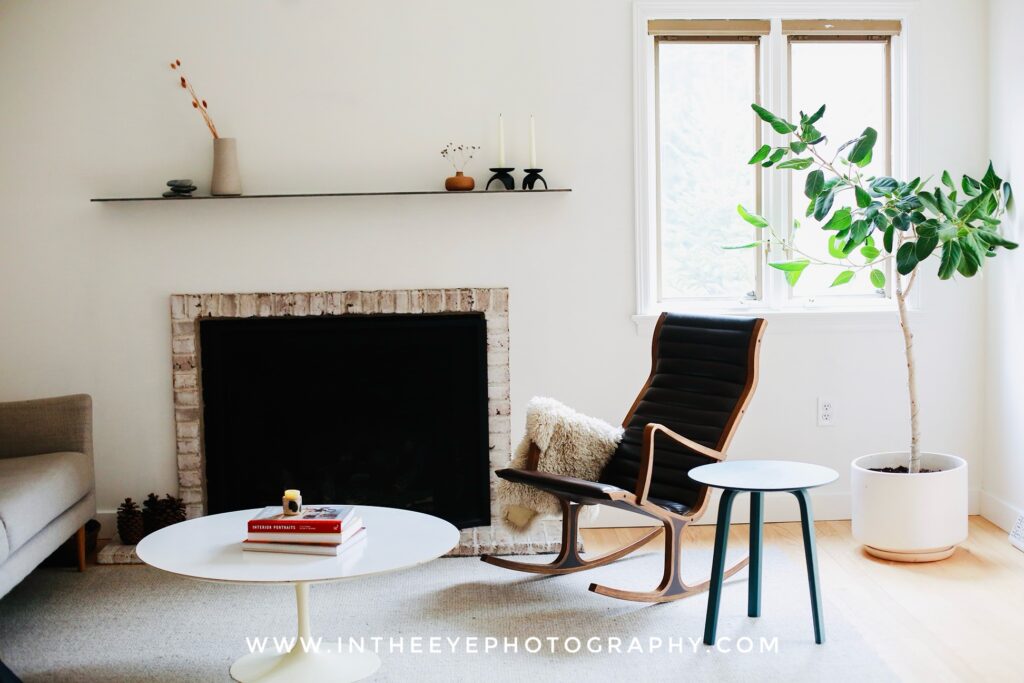
Can you share an example of a mistake that turned into a valuable lesson or a stepping stone to success?
I make mistakes pretty much every day! What I’ve learned is to reframe mistakes as just an inevitable part of learning by doing. Mistakes are stepping stones to improvement, knowing that with each one, I become more proficient and confident in my work. Also, when you make a mistake and survive it you realize that you’re more resilient than you may think.
I know that not naming a mistake may seem like a cop-out of an answer, but actually I think remembering what we learn from mistakes is more important than remembering or dwelling on what the mistake was.
How do you stay motivated during challenging times?
I read once that design is inherently a hopeful practice. The act of creating something new is a belief that what you’re making will improve the future. Think about something as mundane as renovating a room in your house. When you’re redesigning, you’re actually saying, “This present situation can be improved. This space will be better through this work.” That’s optimistic and hopeful. When you’re taking a photo, you’re really saying about the thing with photography, “This thing is worth preserving. This can be inspiring to others.”
When you look at design and photography this way, you realize that even in challenging or even dark times, there’s things around you that can be improved for the future and at the same time, there’s beauty around you that’s worth appreciating and preserving. That motivates me to keep creating.

Who is a woman, from the past or present, that you admire or find inspiring?
Leslie Williamson is a photographer and author who has carved her own path, creating projects that reflect her own unique passions. She seamlessly blends photography, design, interiors, writing, and travel to tell stories. She goes beyond simply capturing beautiful spaces; she documents the lives and narratives of the people who inhabit them, weaving their stories into her photography and writing.
Her work inspires me because it shows that we don’t have to conform to predefined job roles. Instead, we have the power to design our own careers and lives by merging our passions into something meaningful—both for society and for ourselves.
You can check Laura’s website here: https://laura-wentzel.com/

